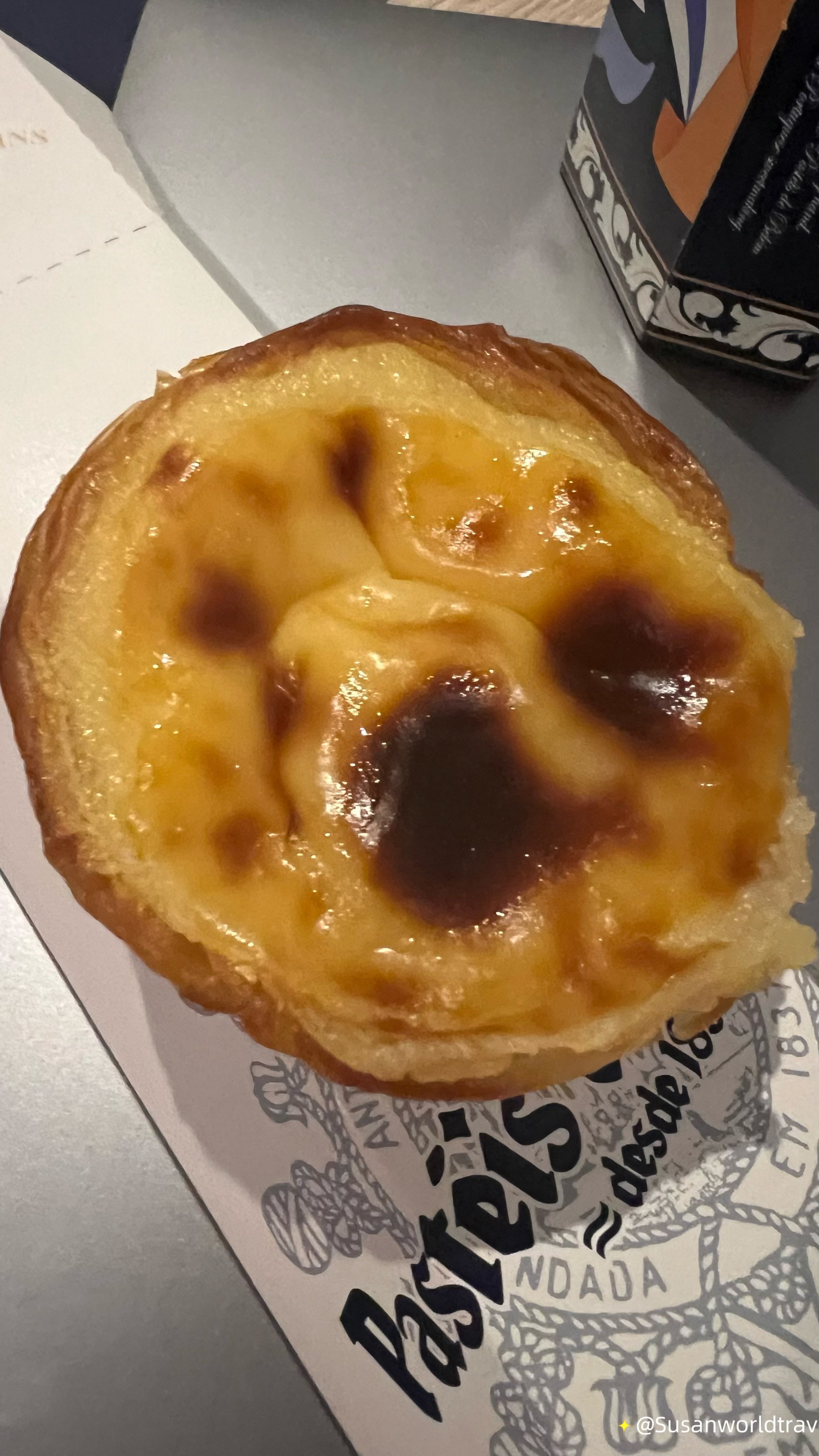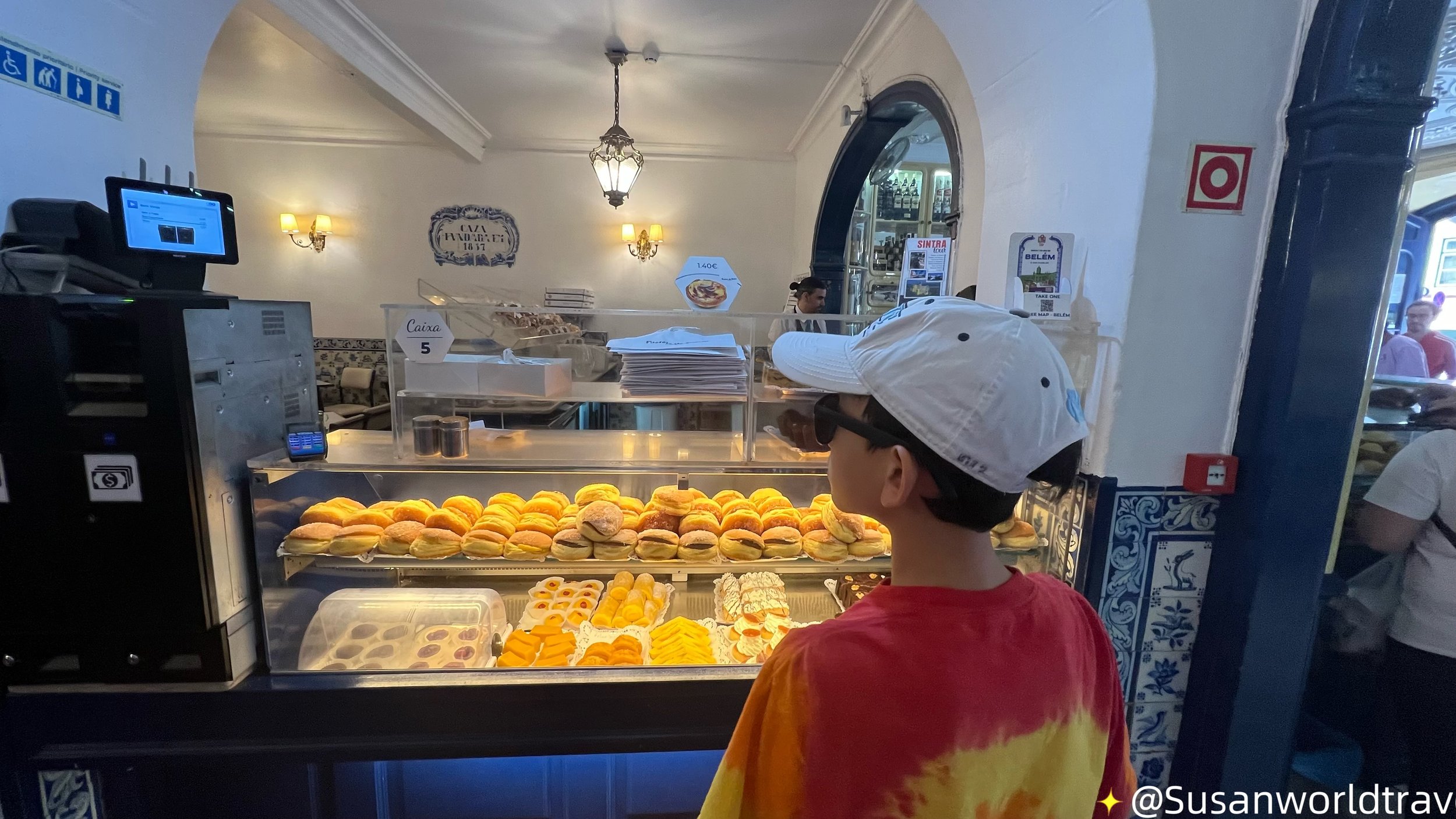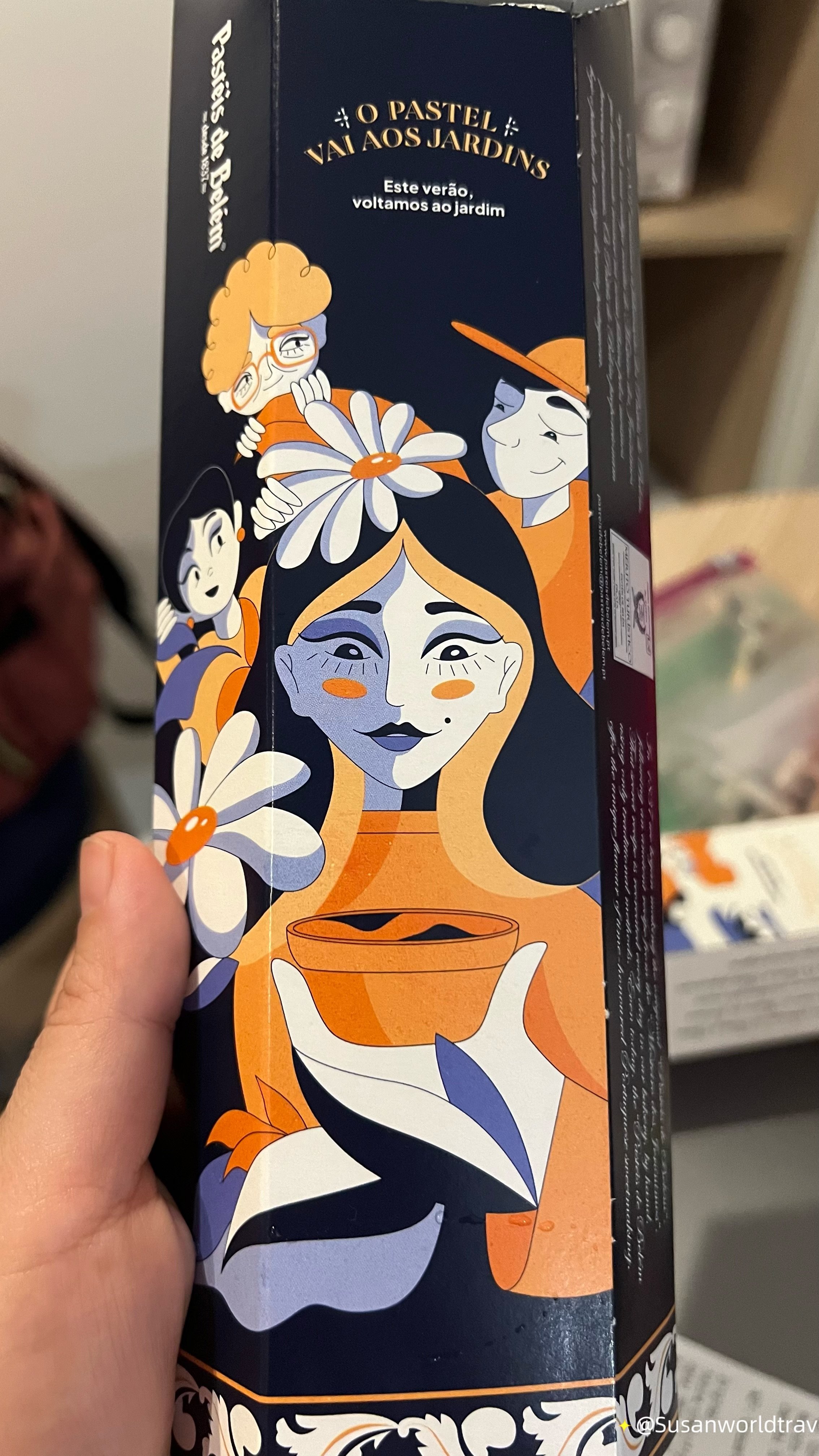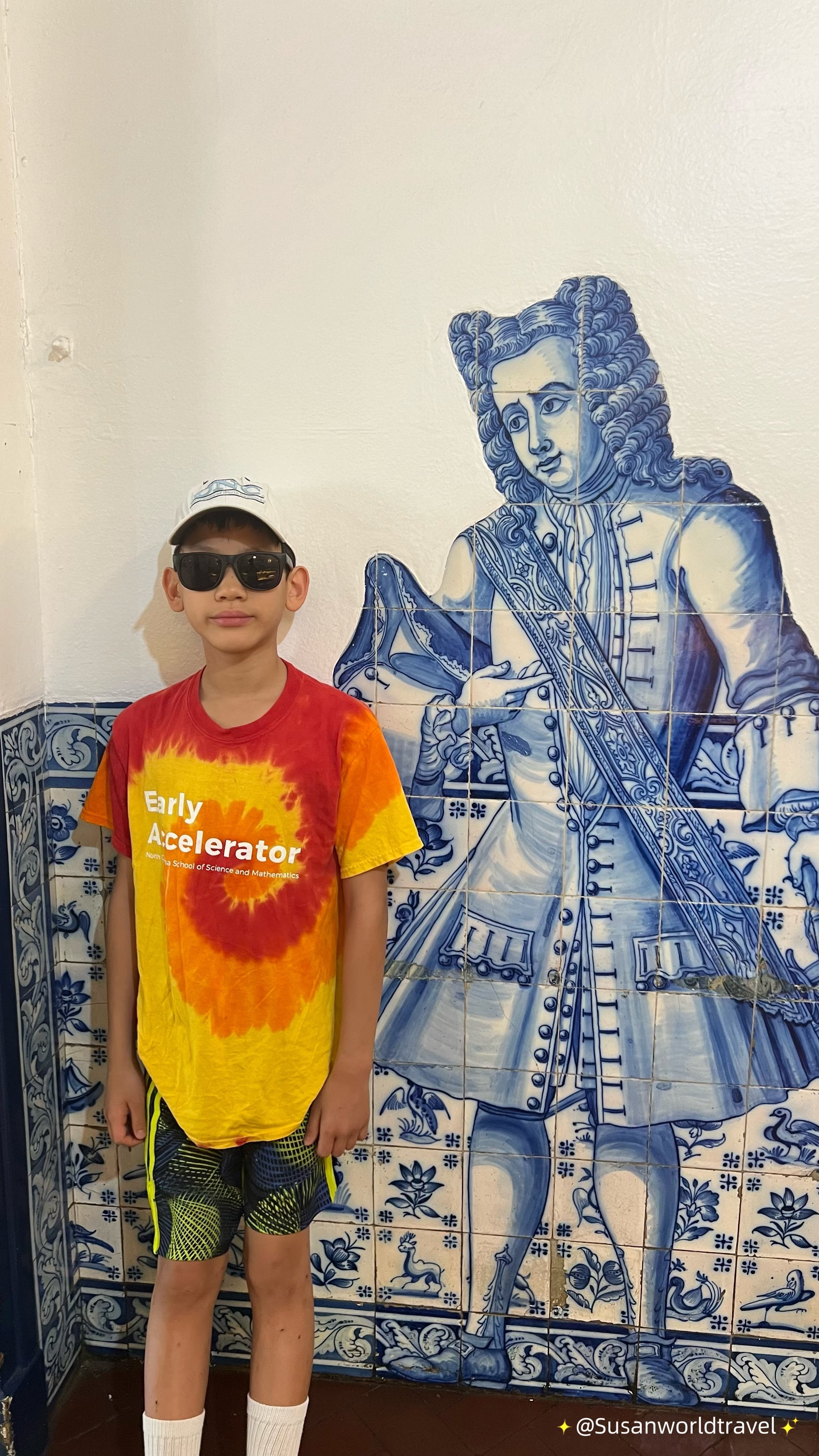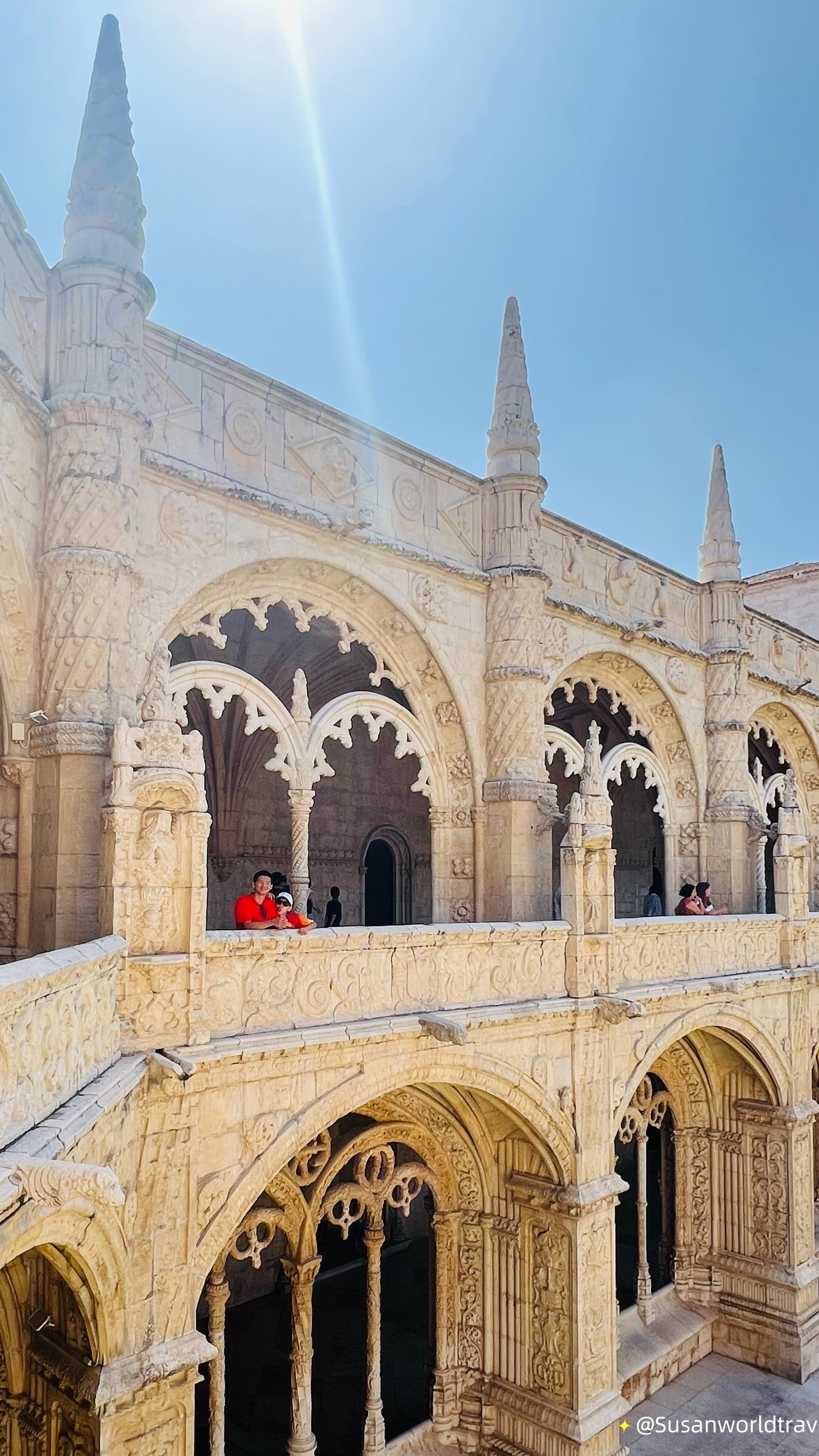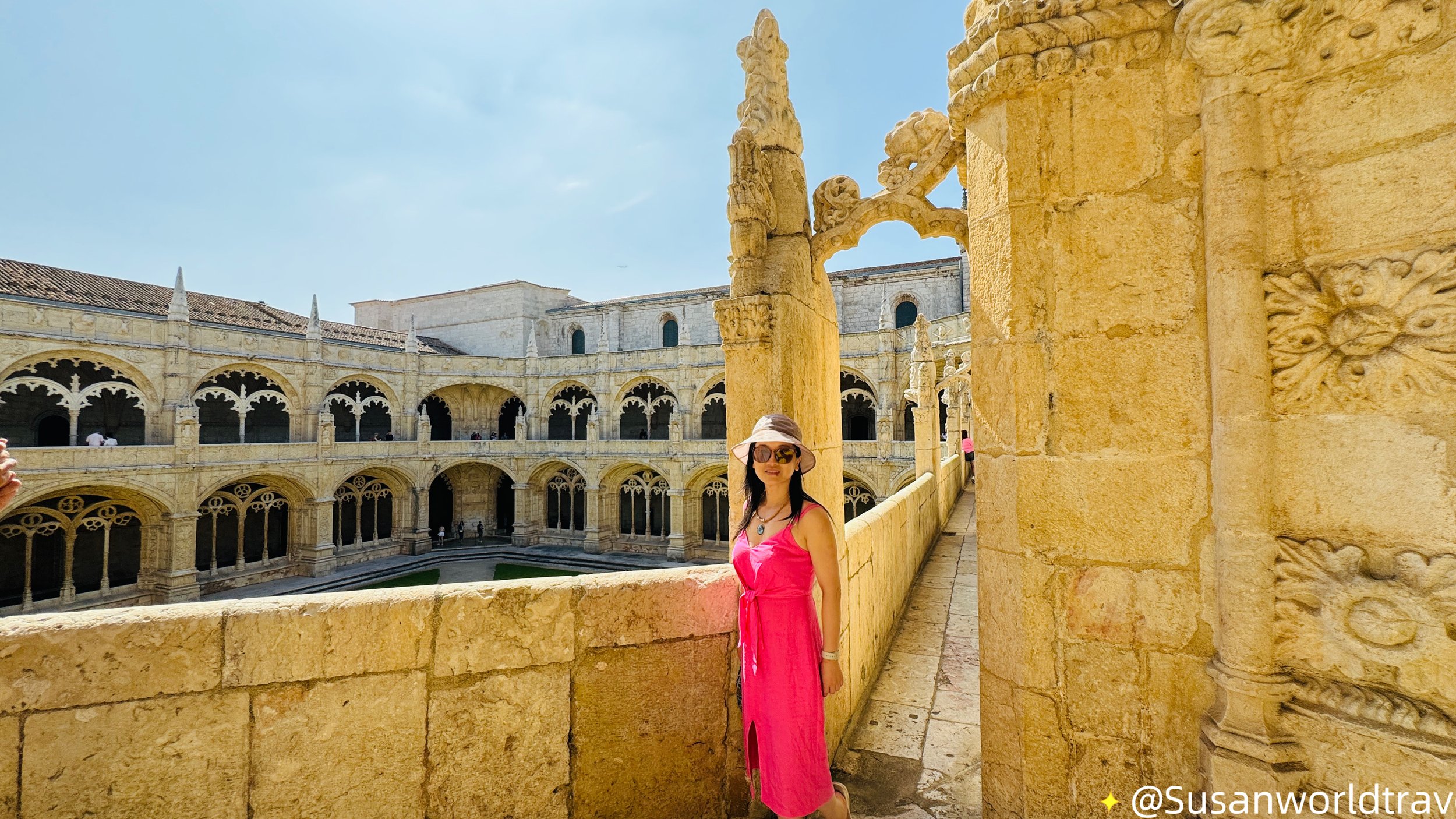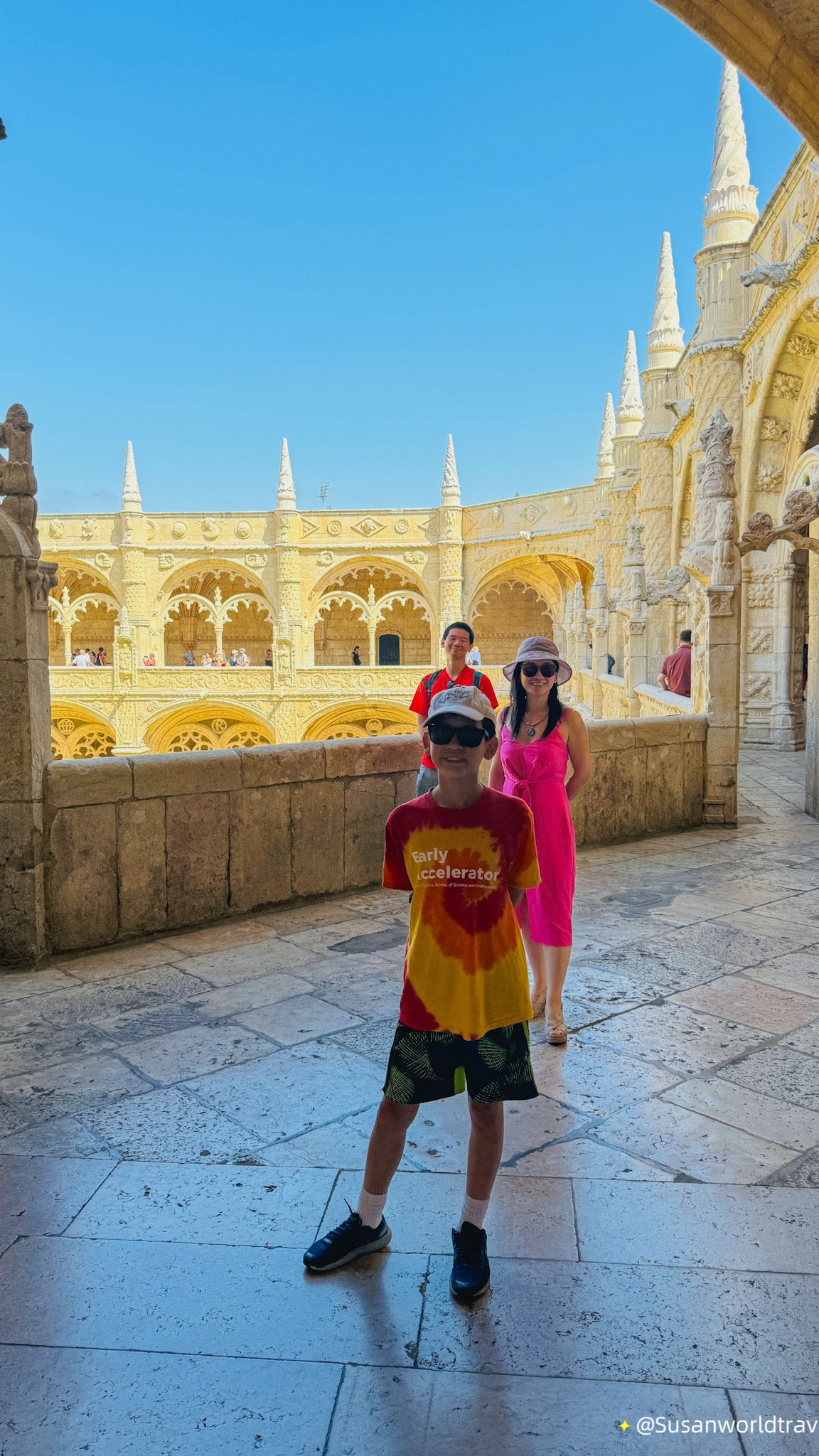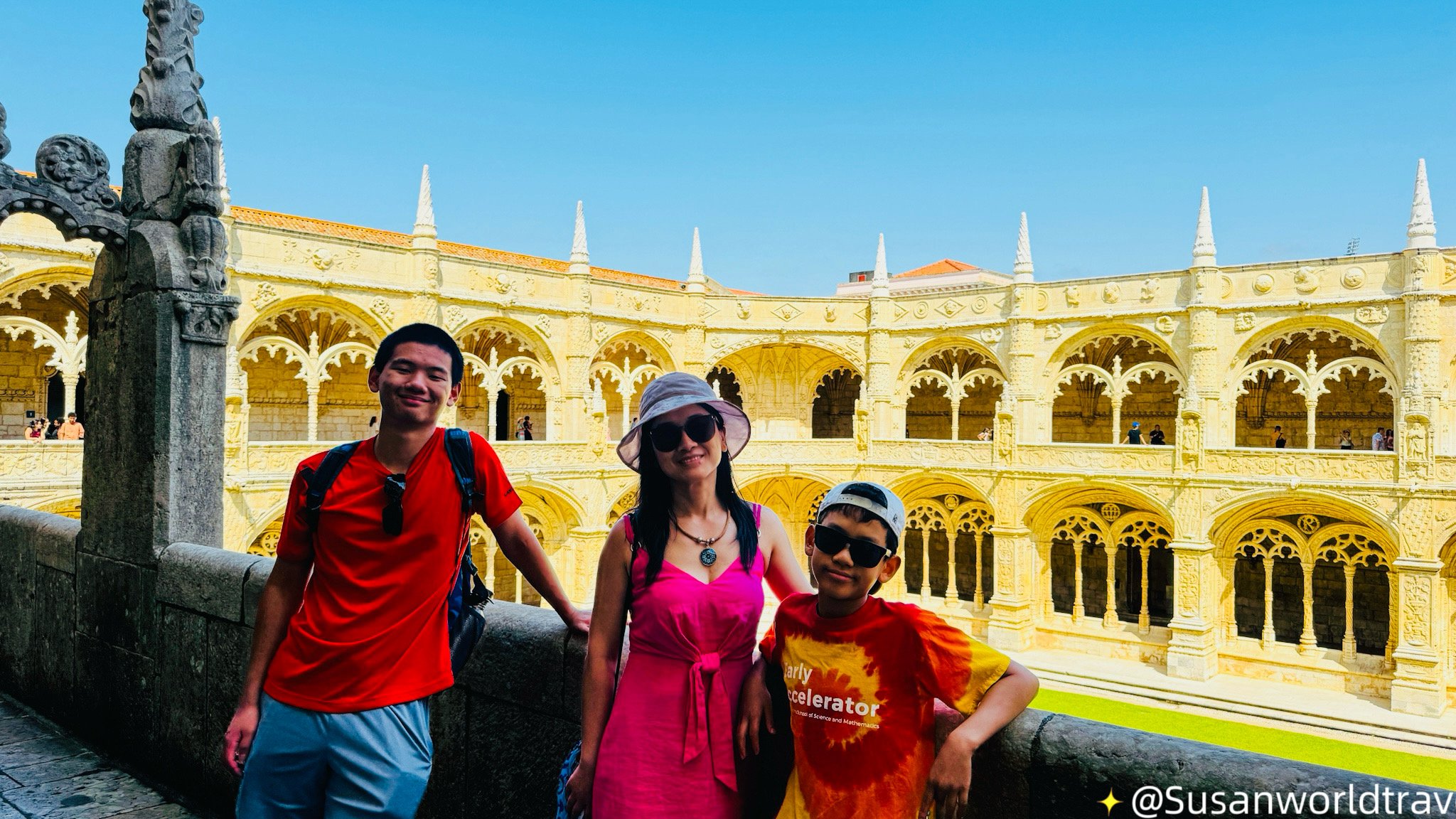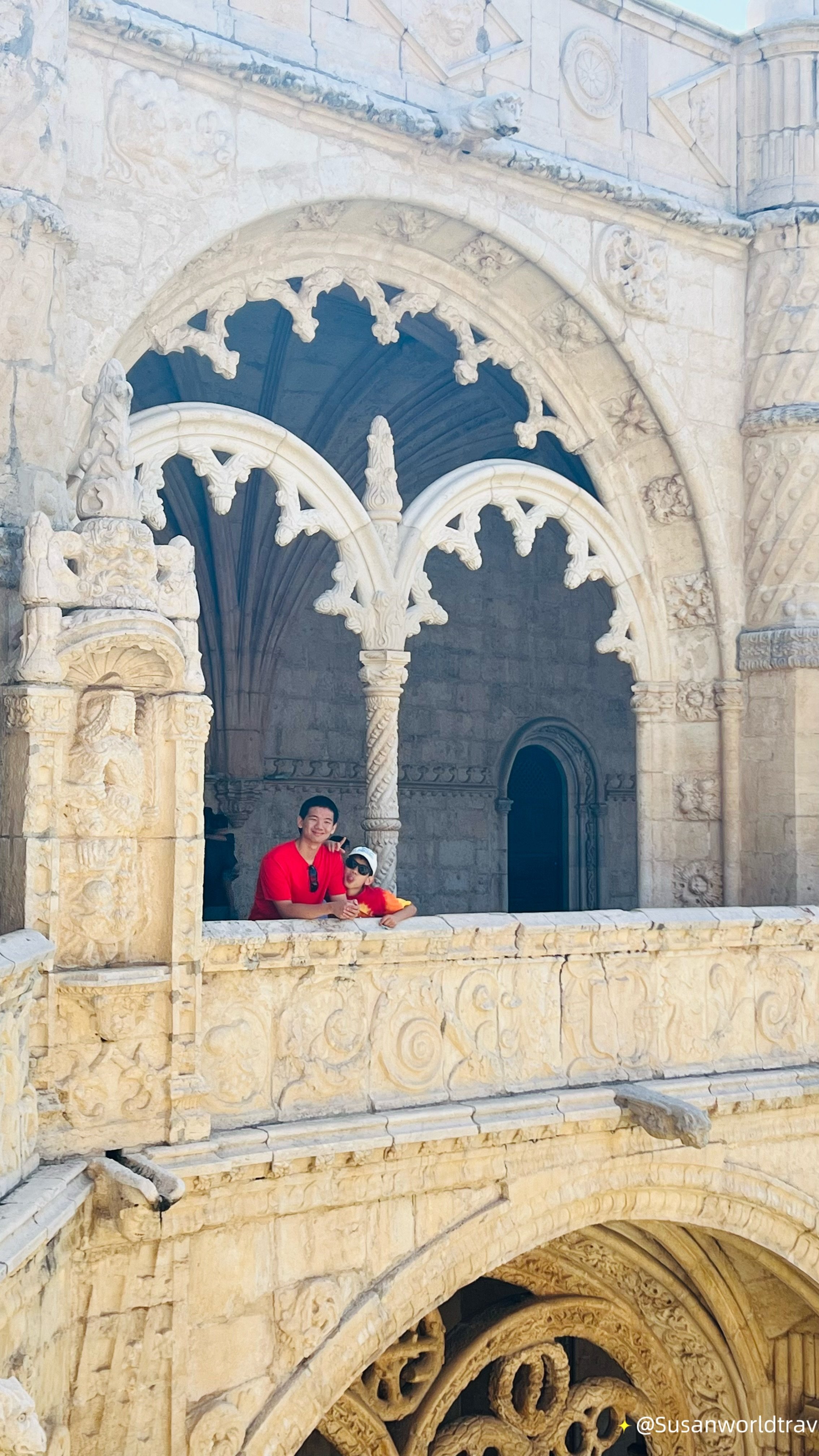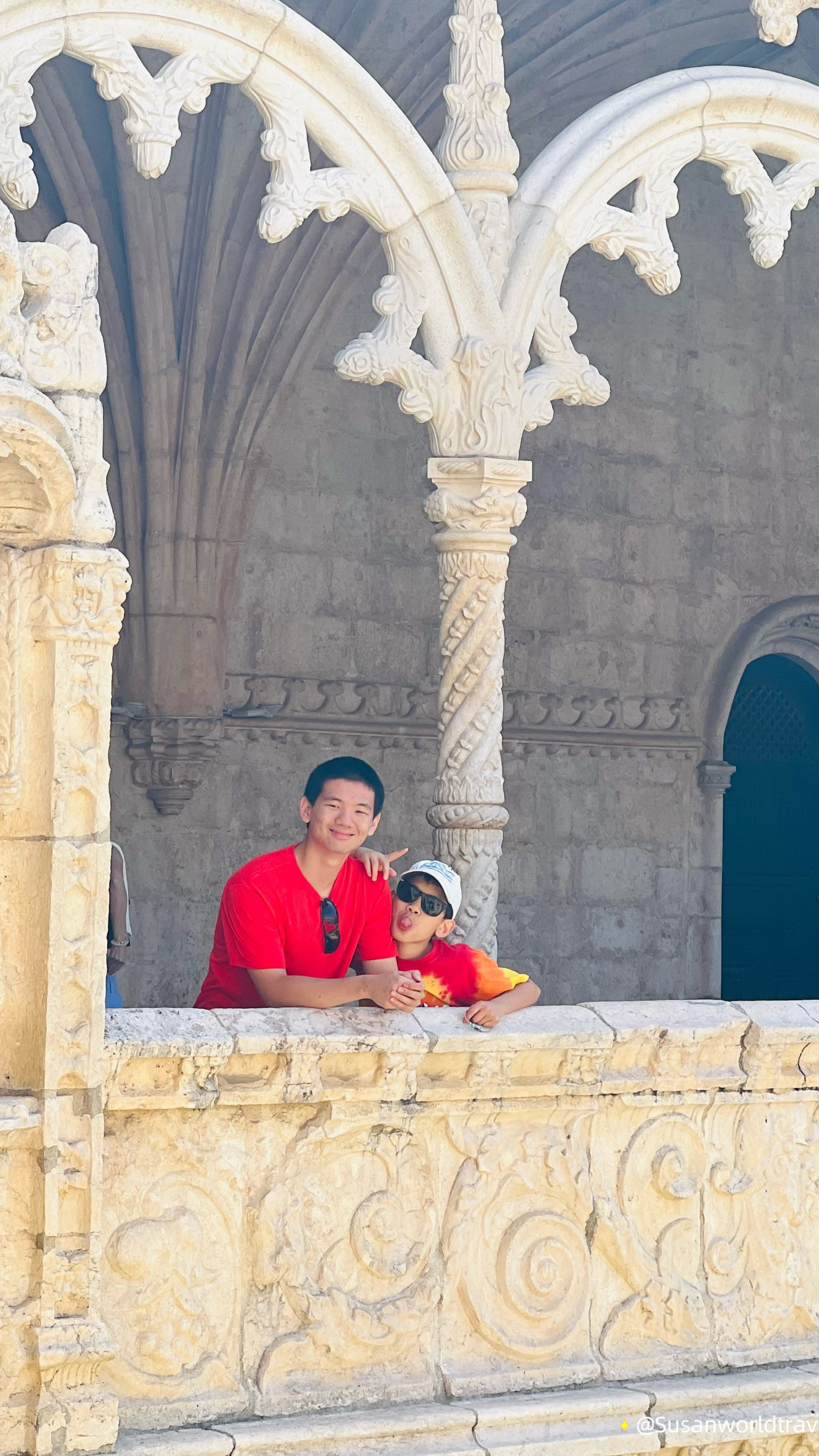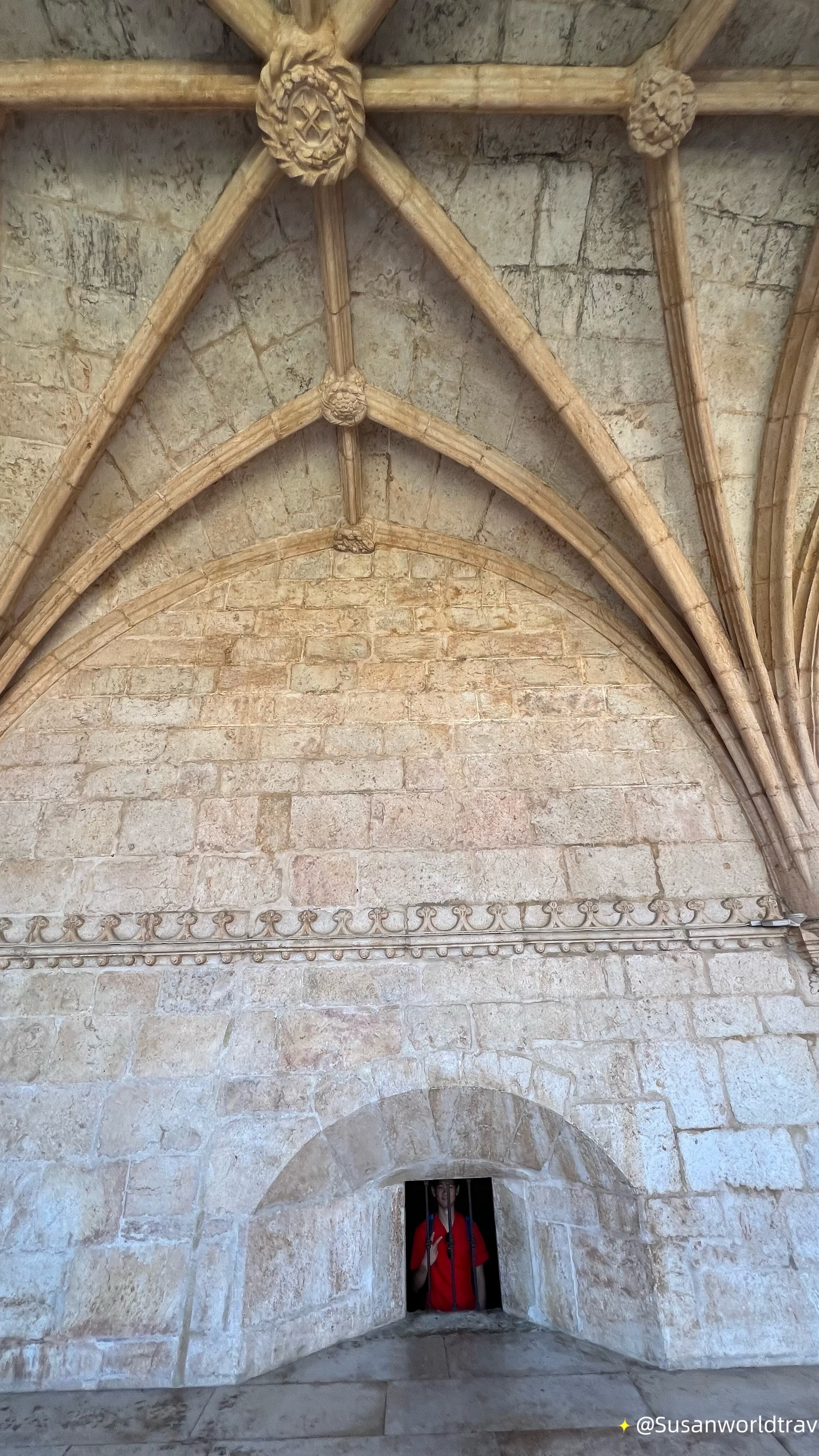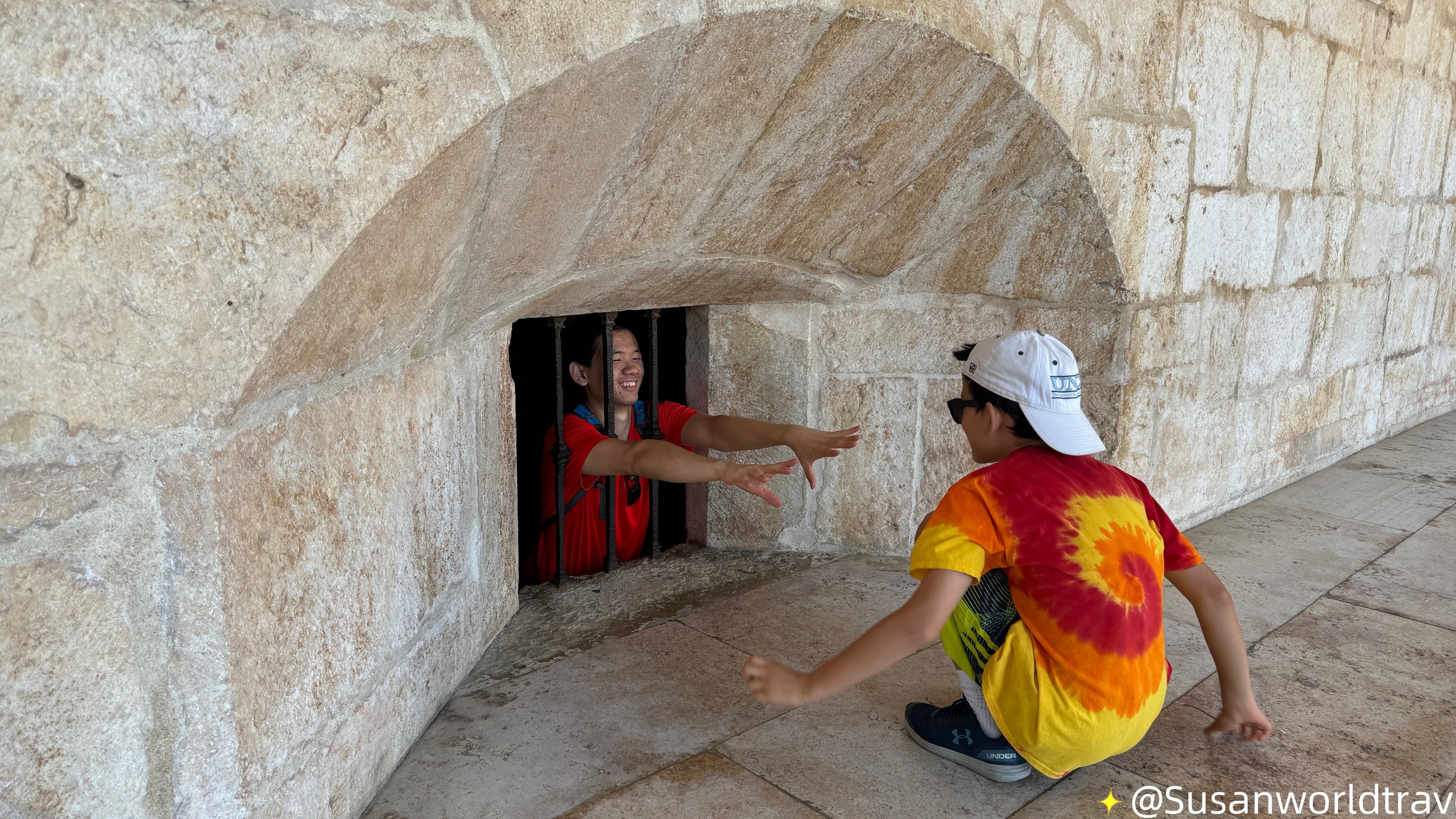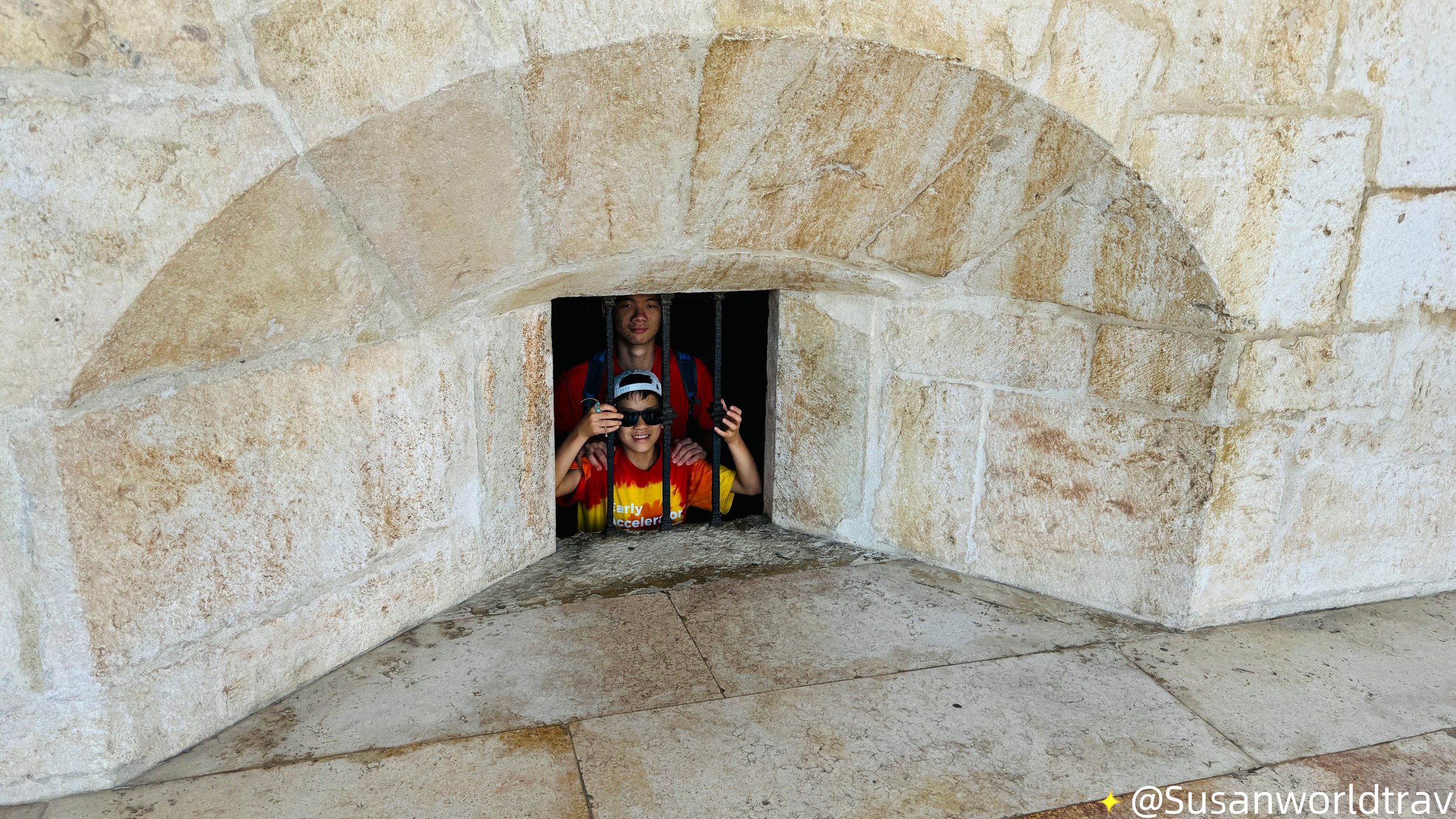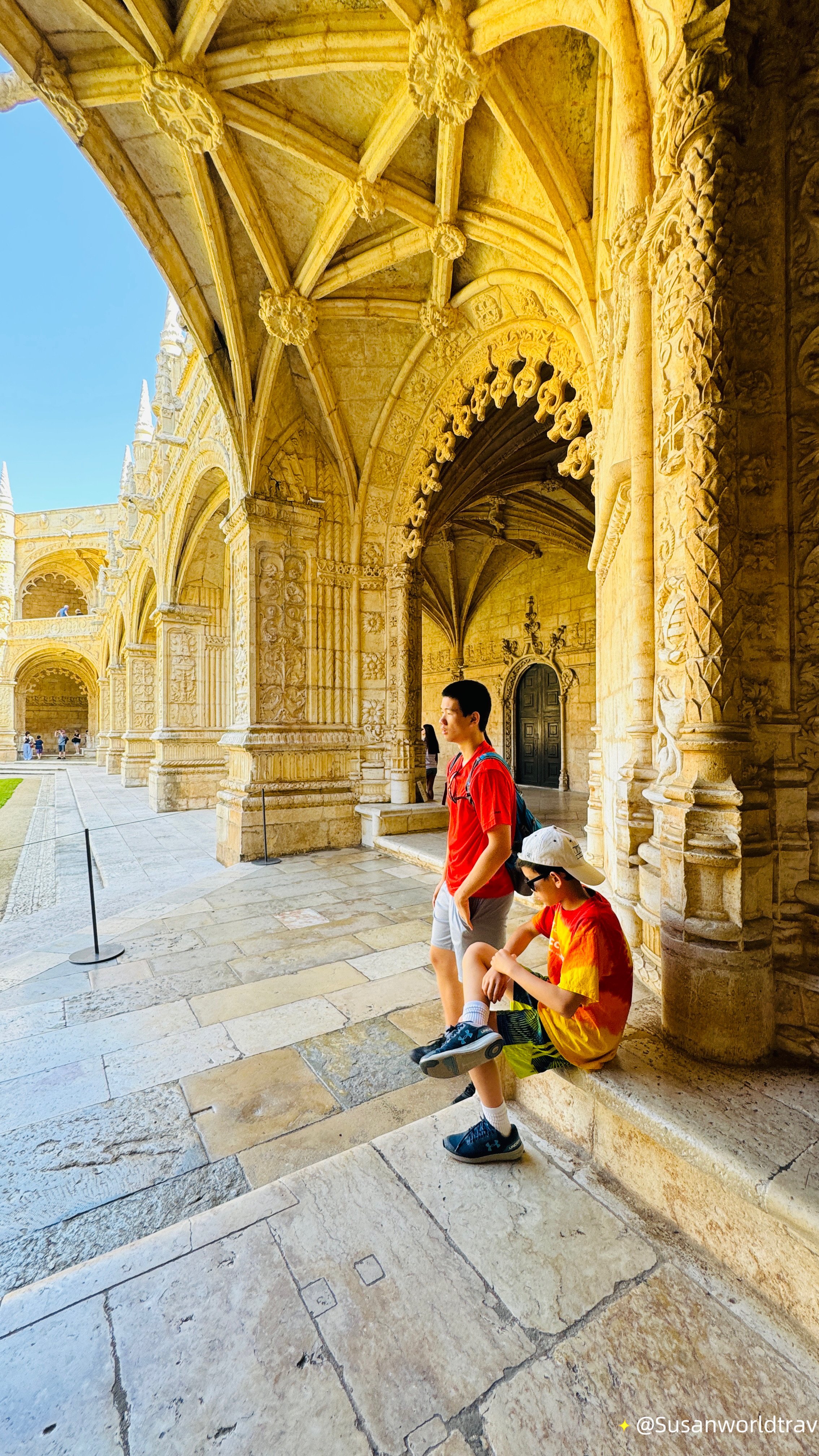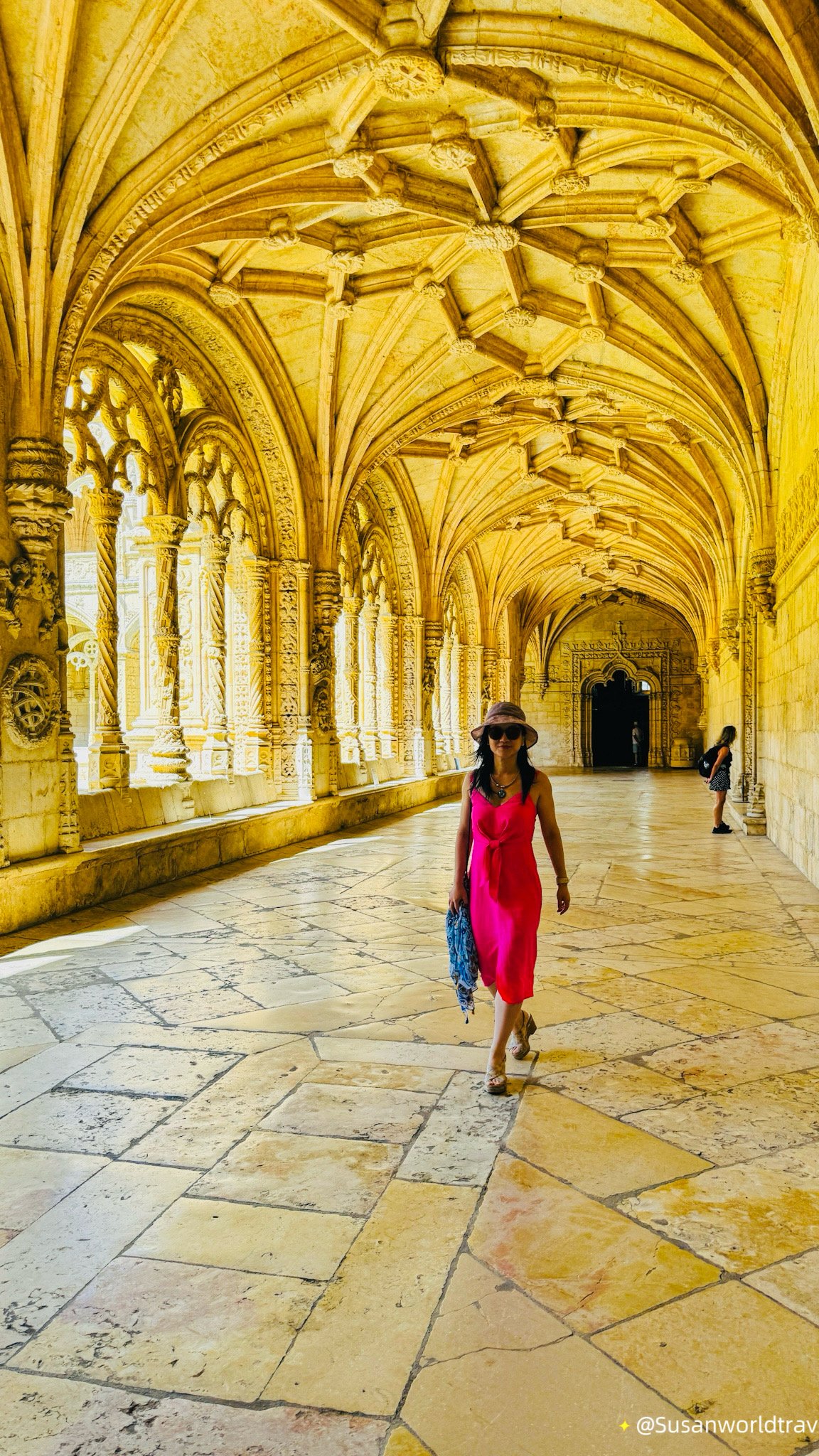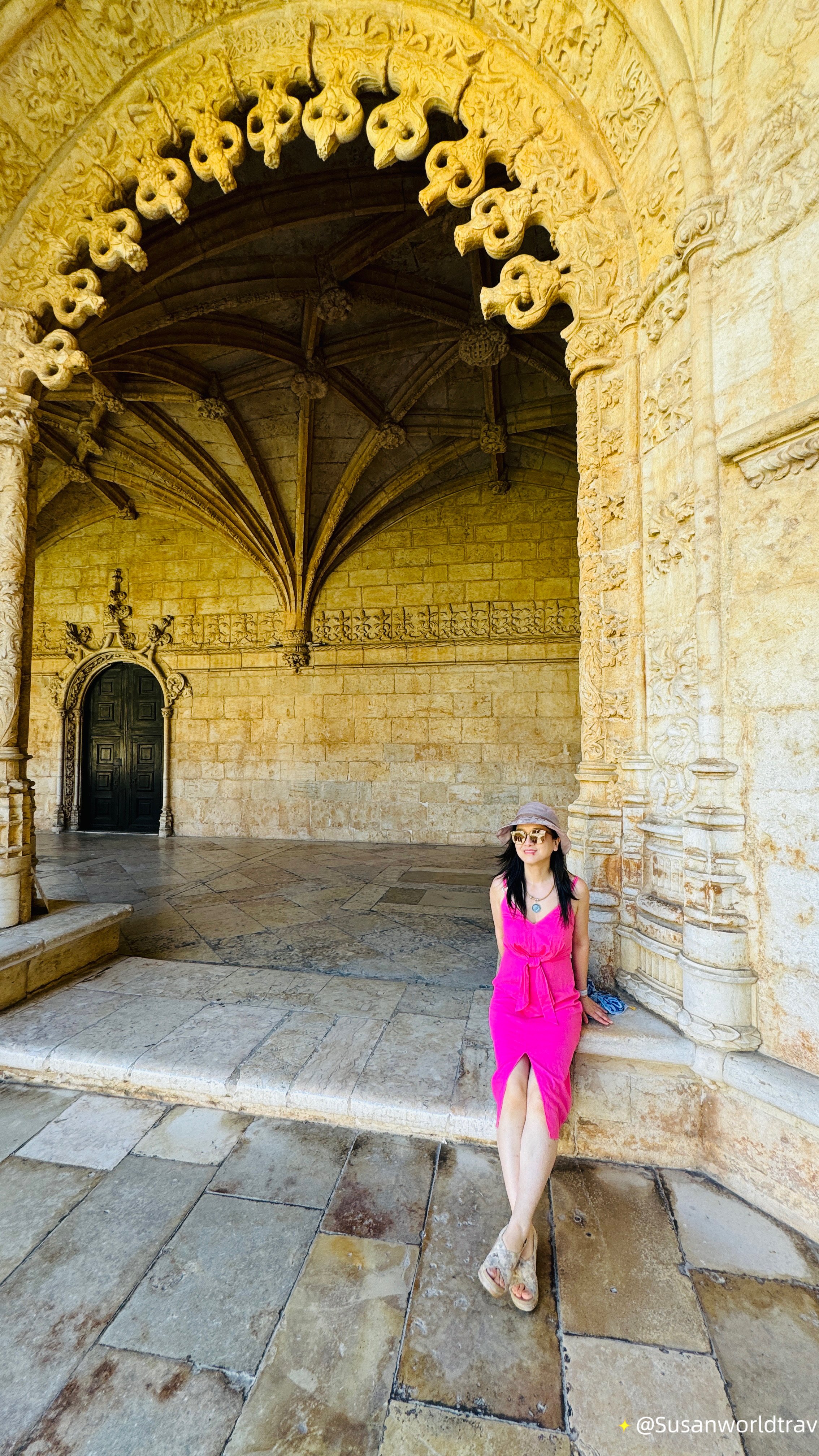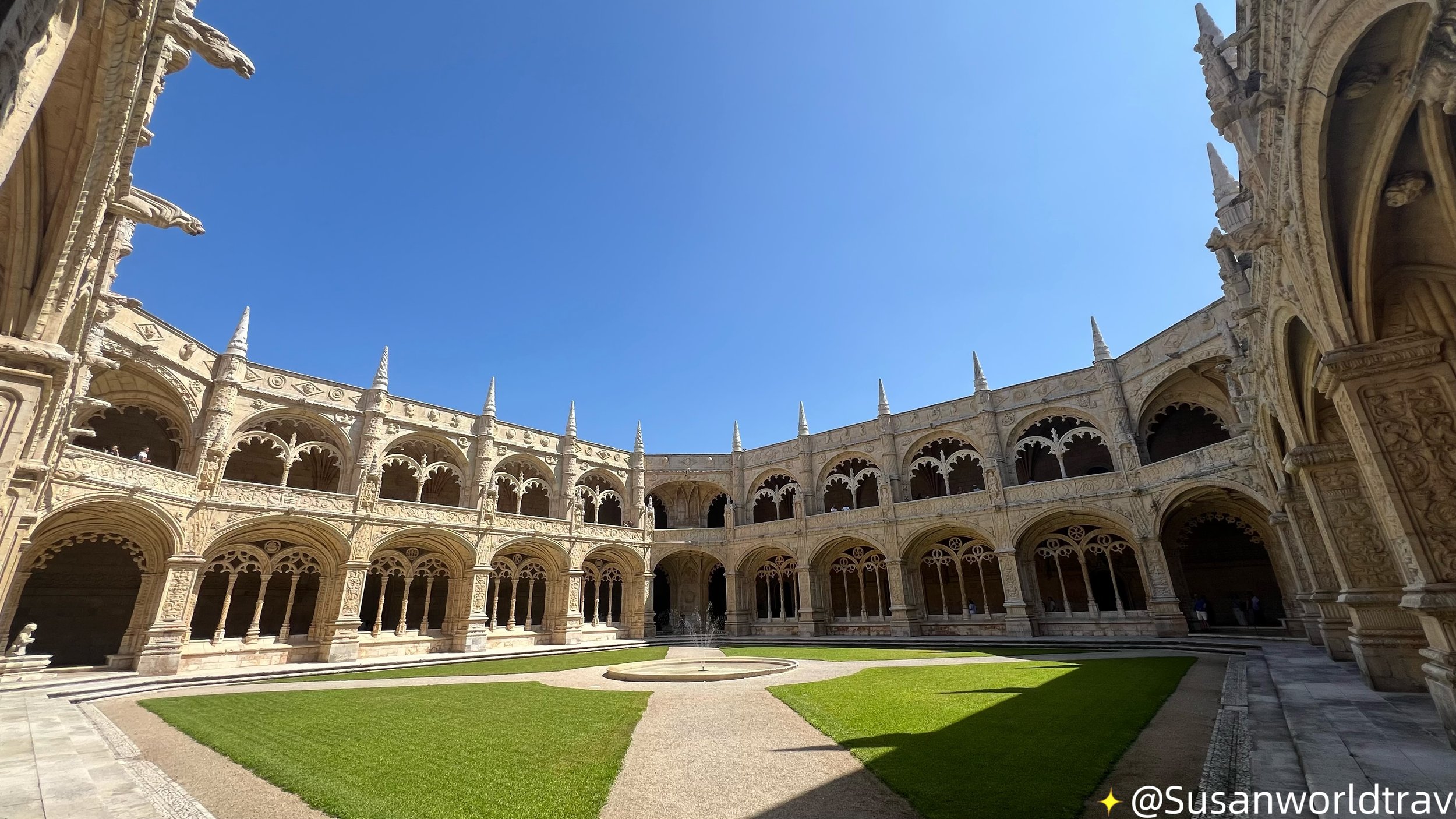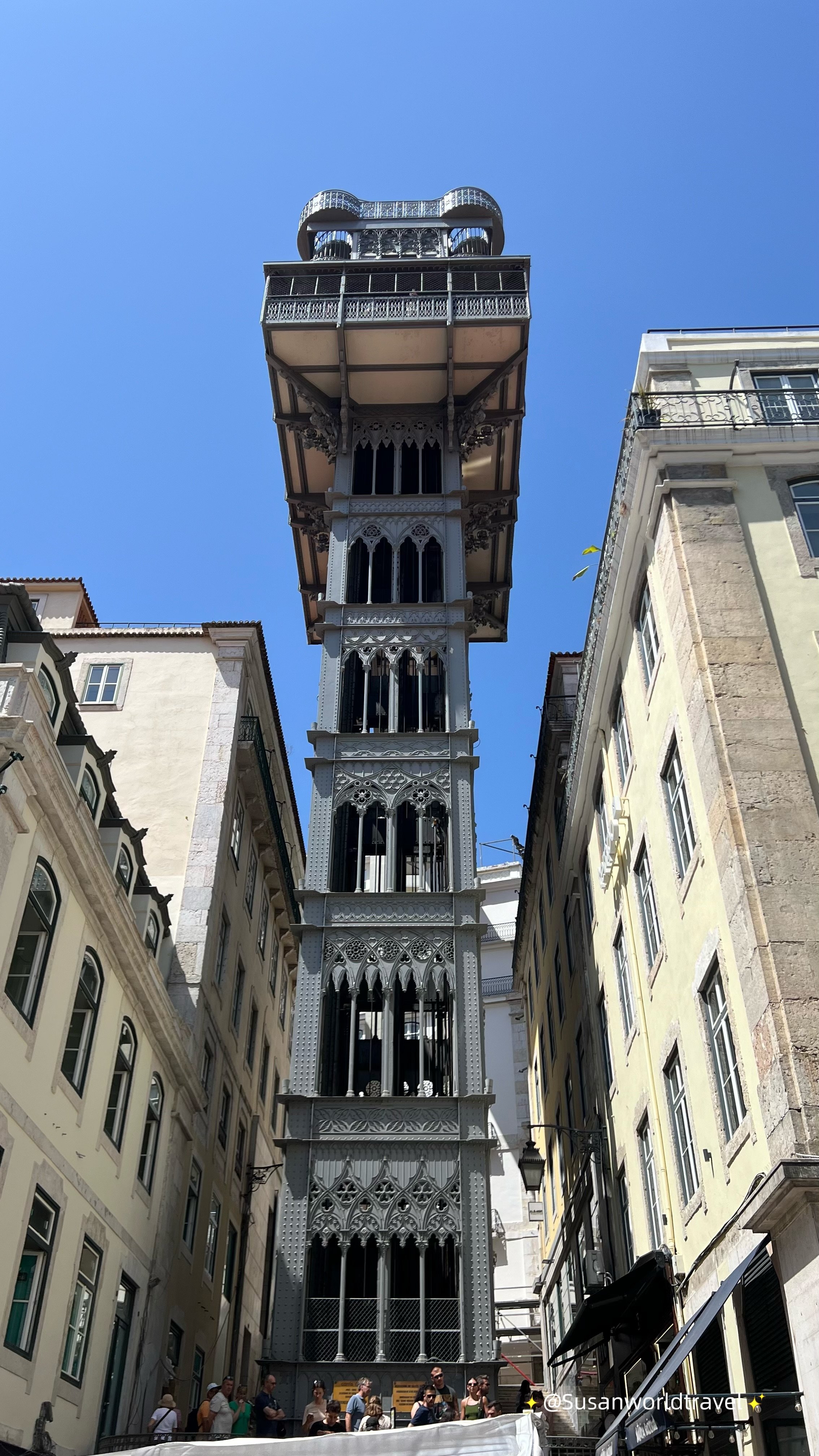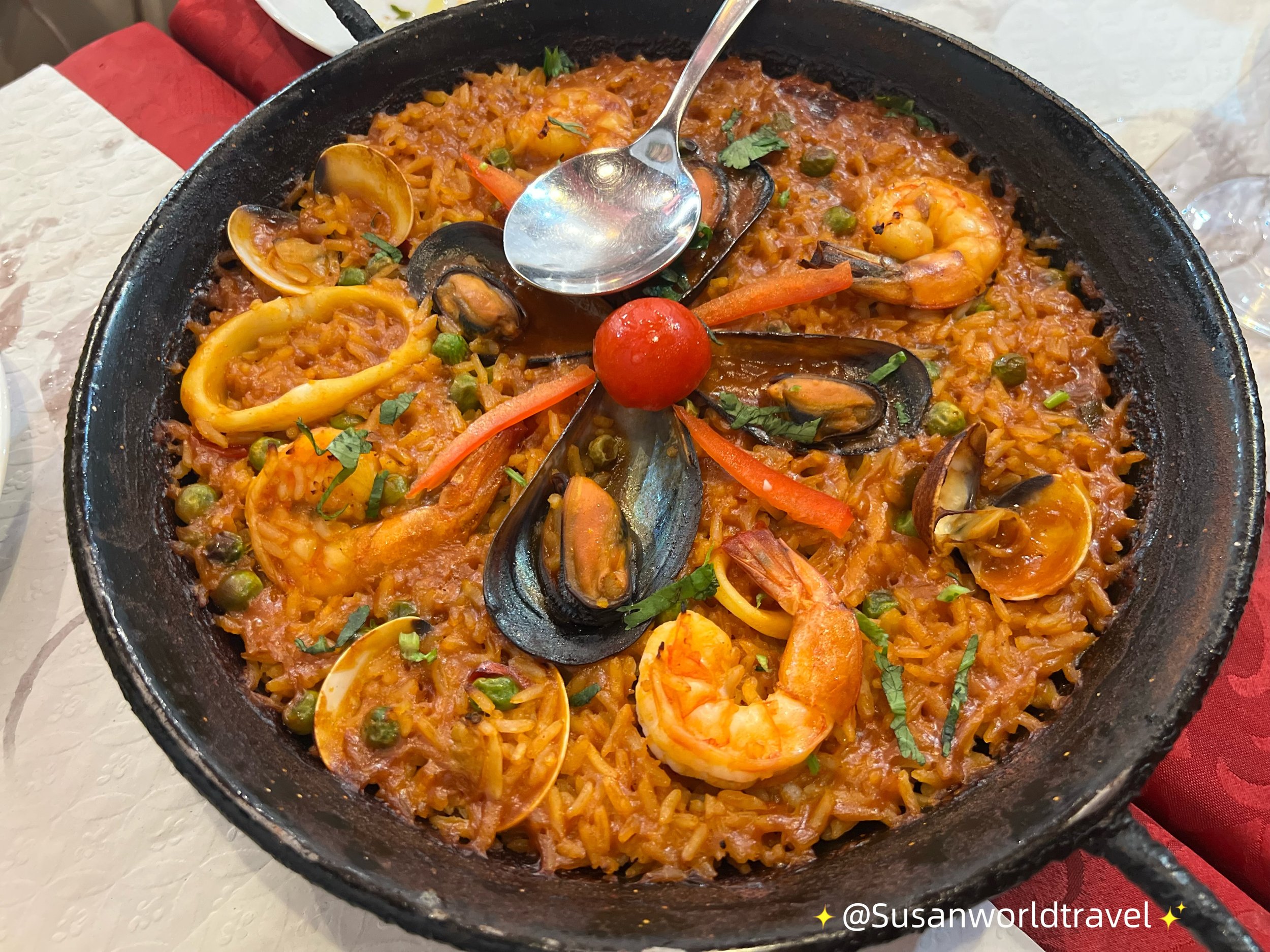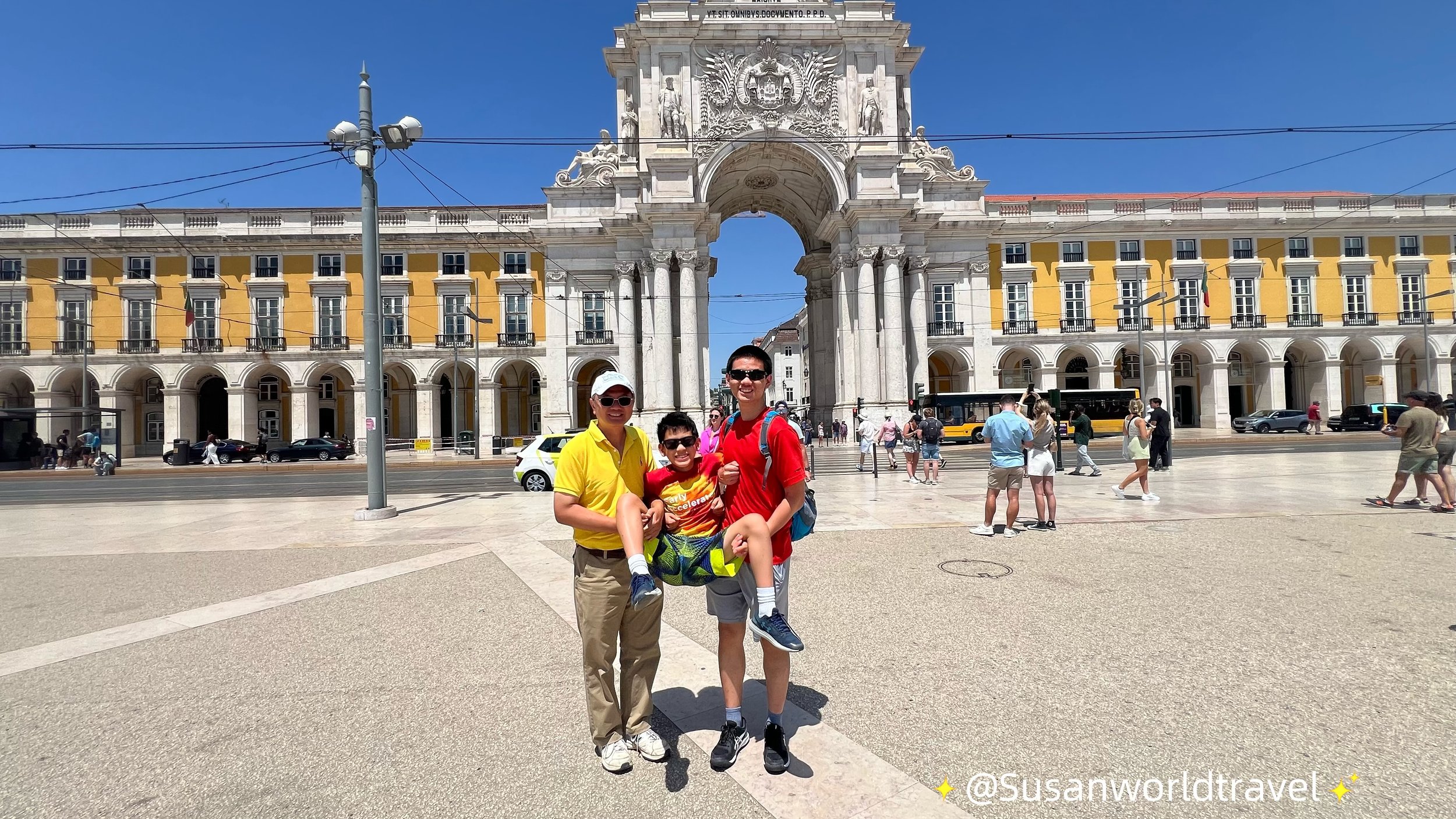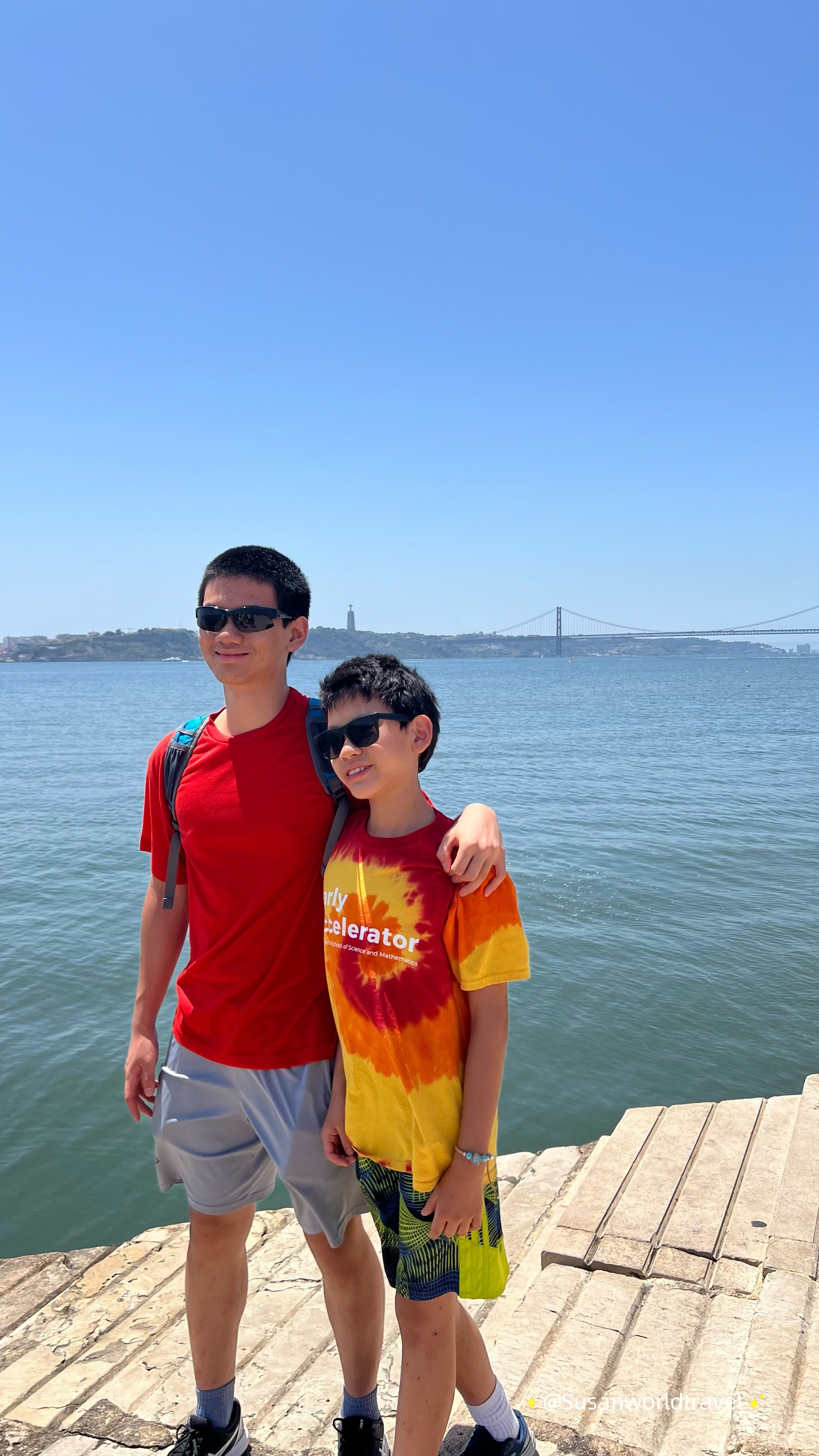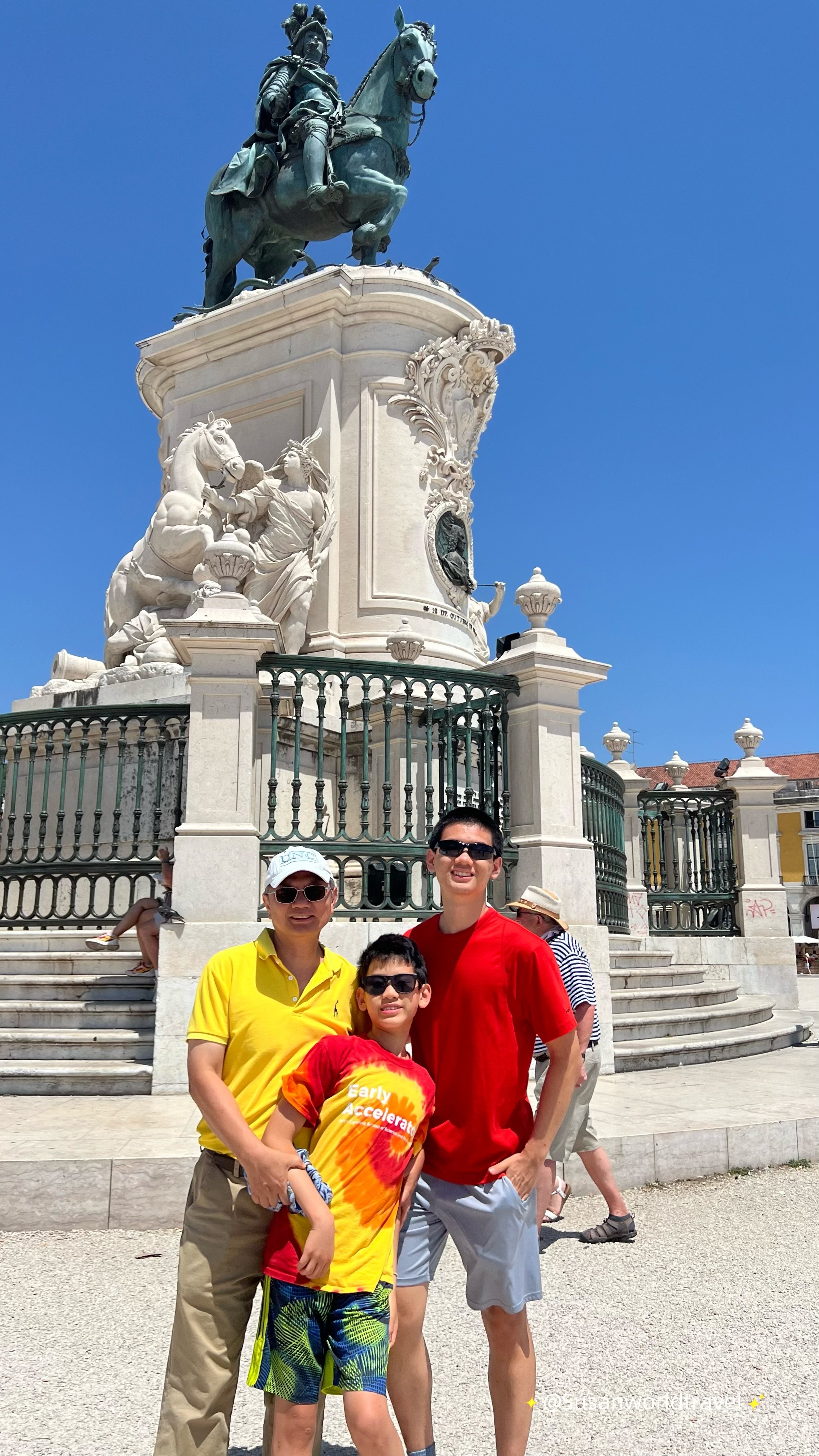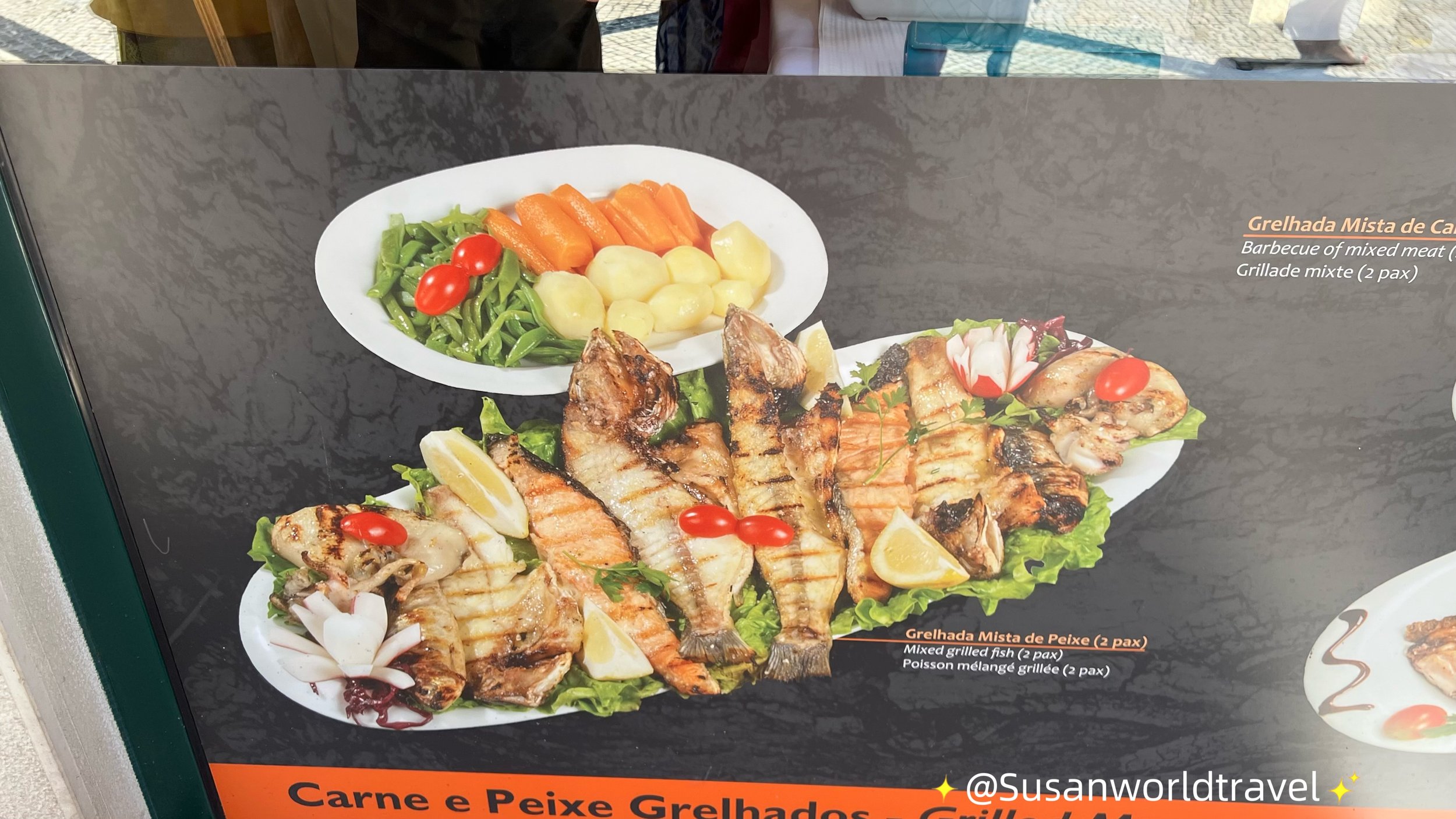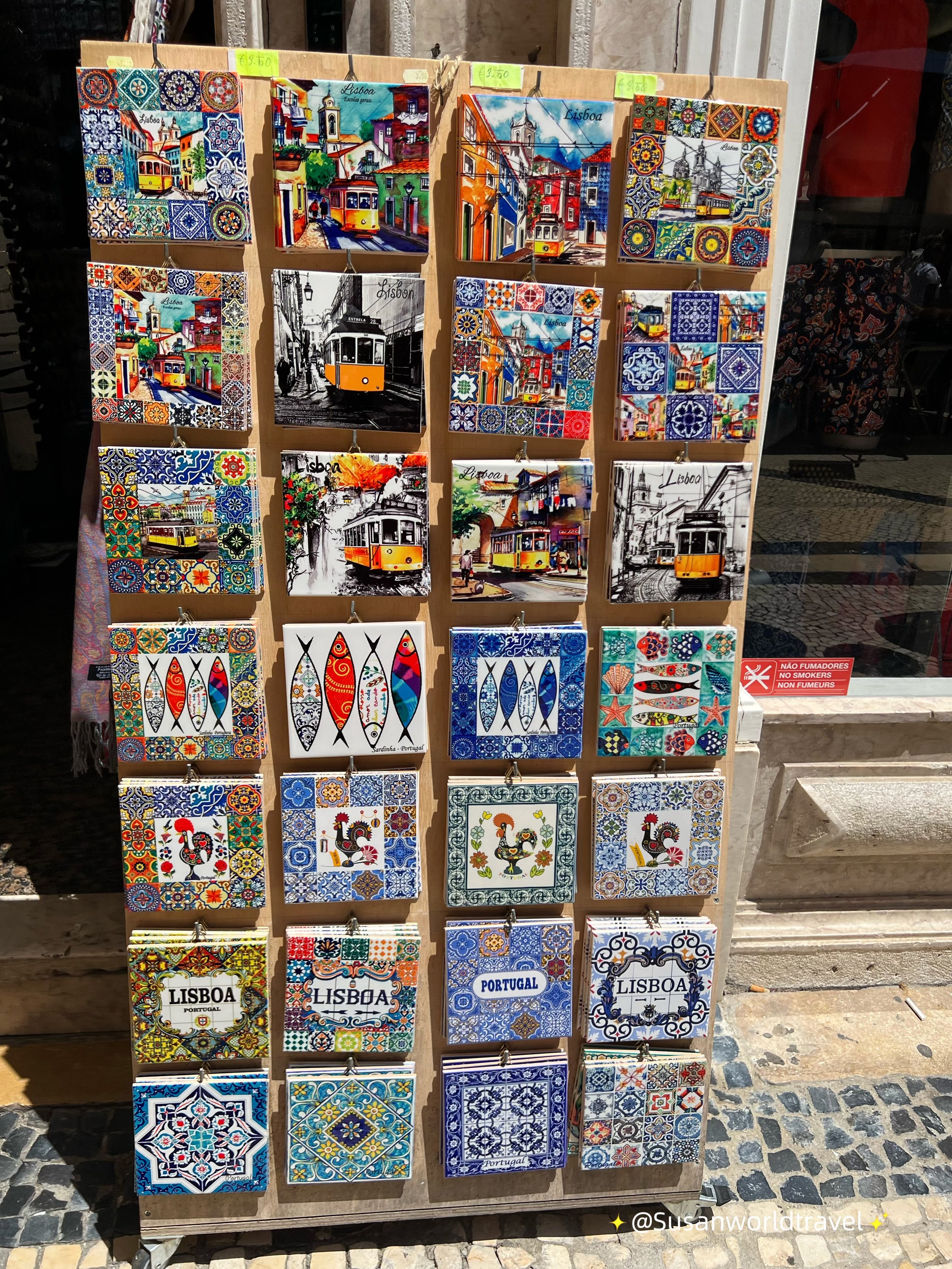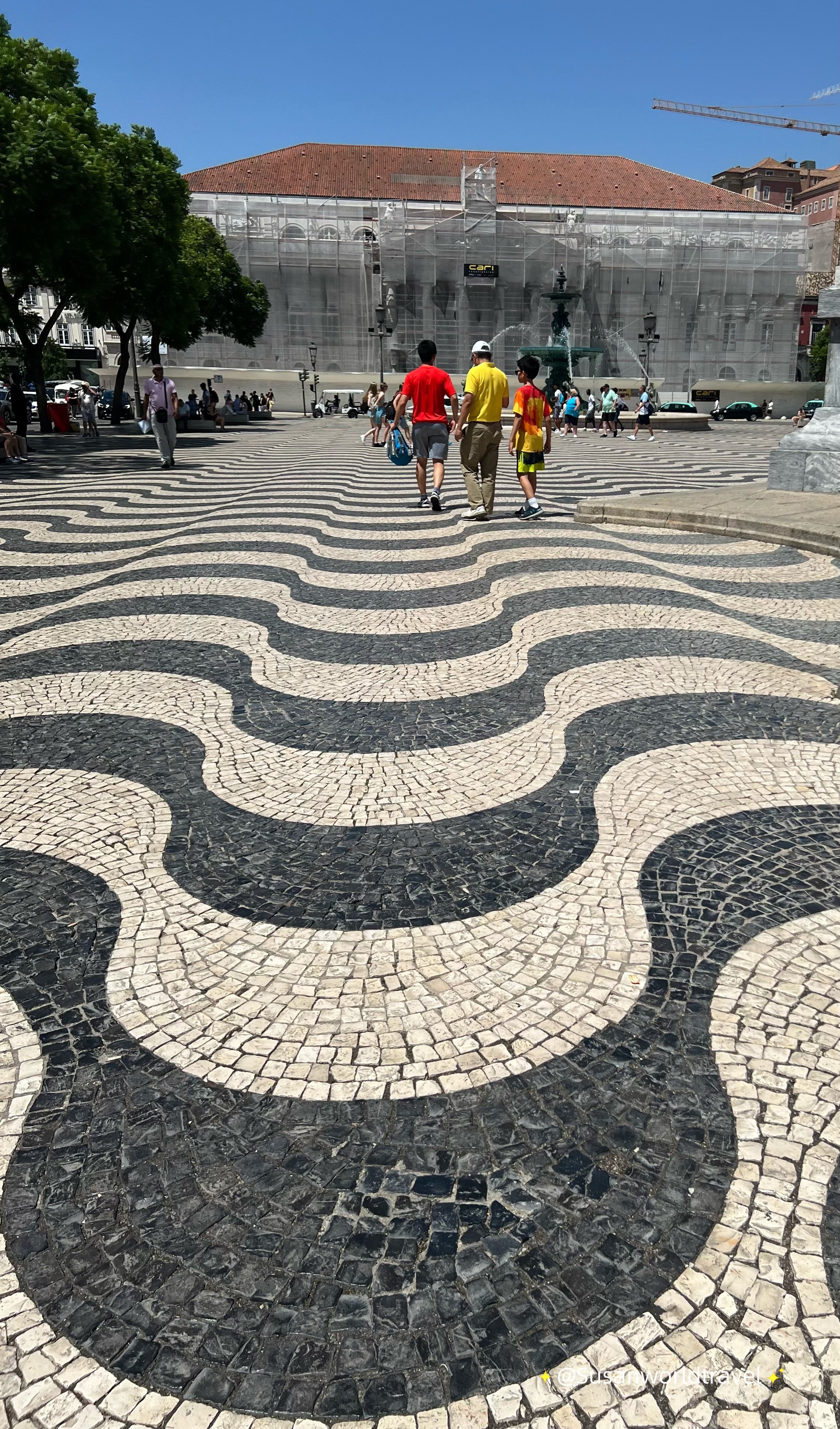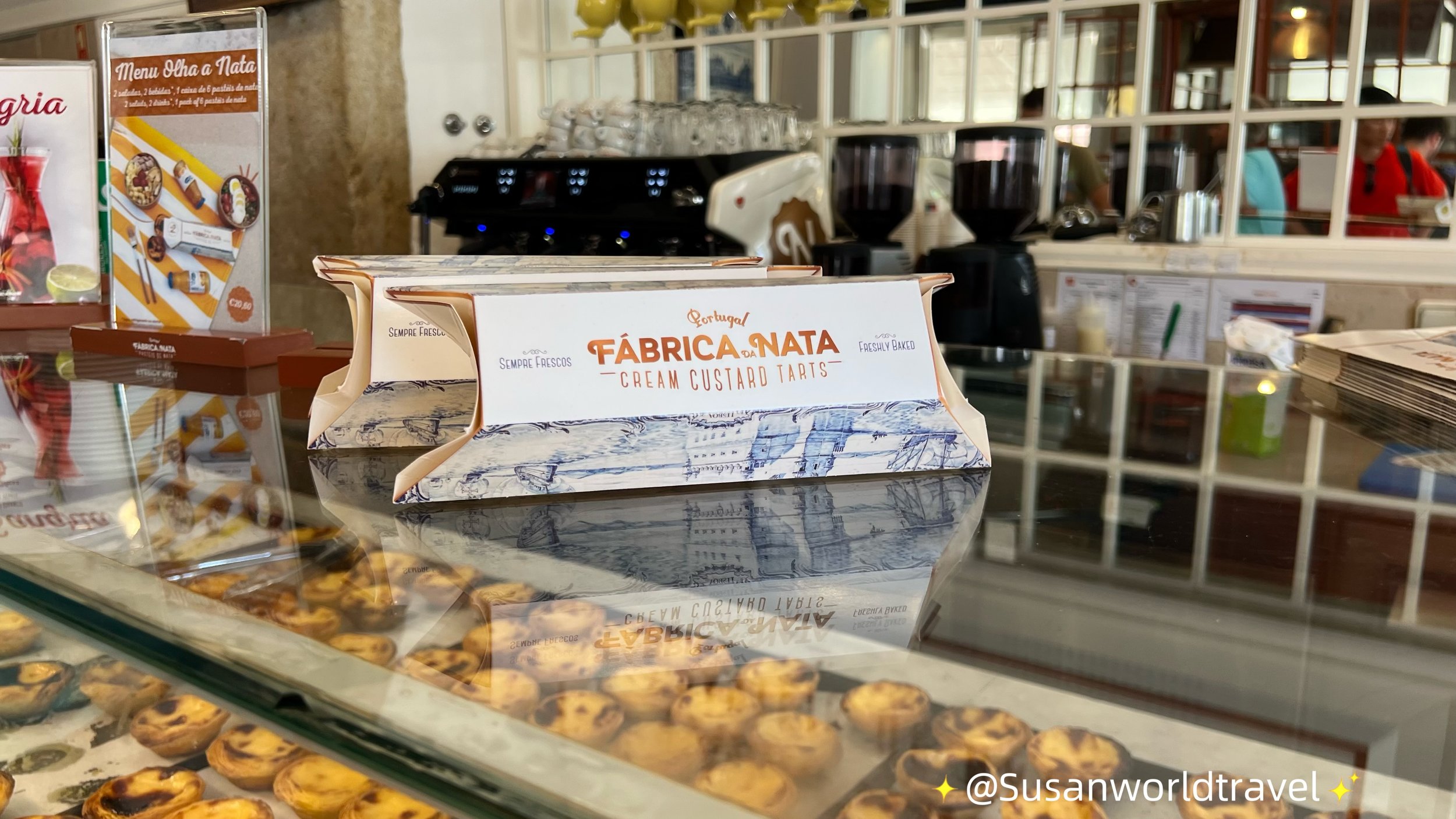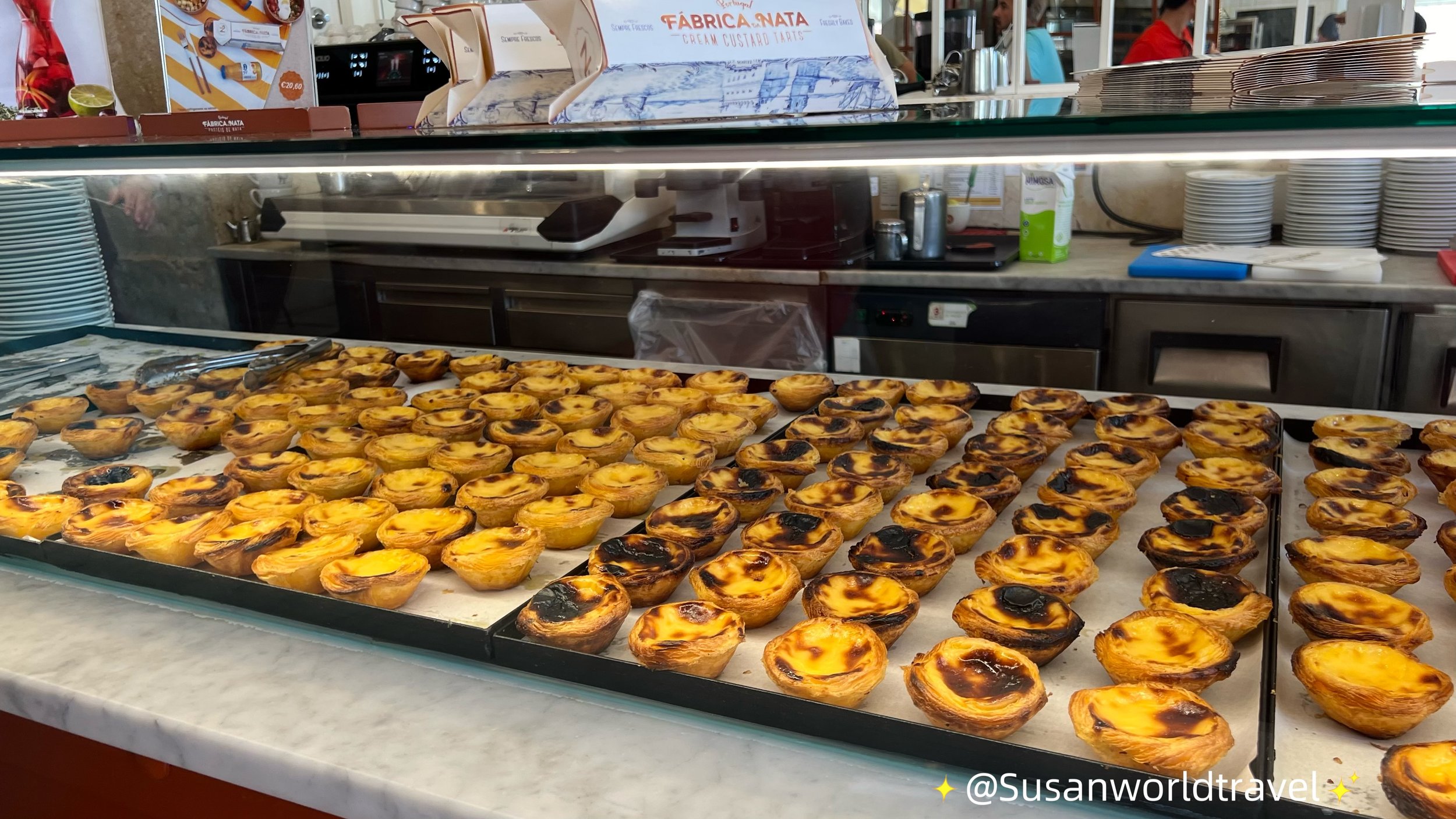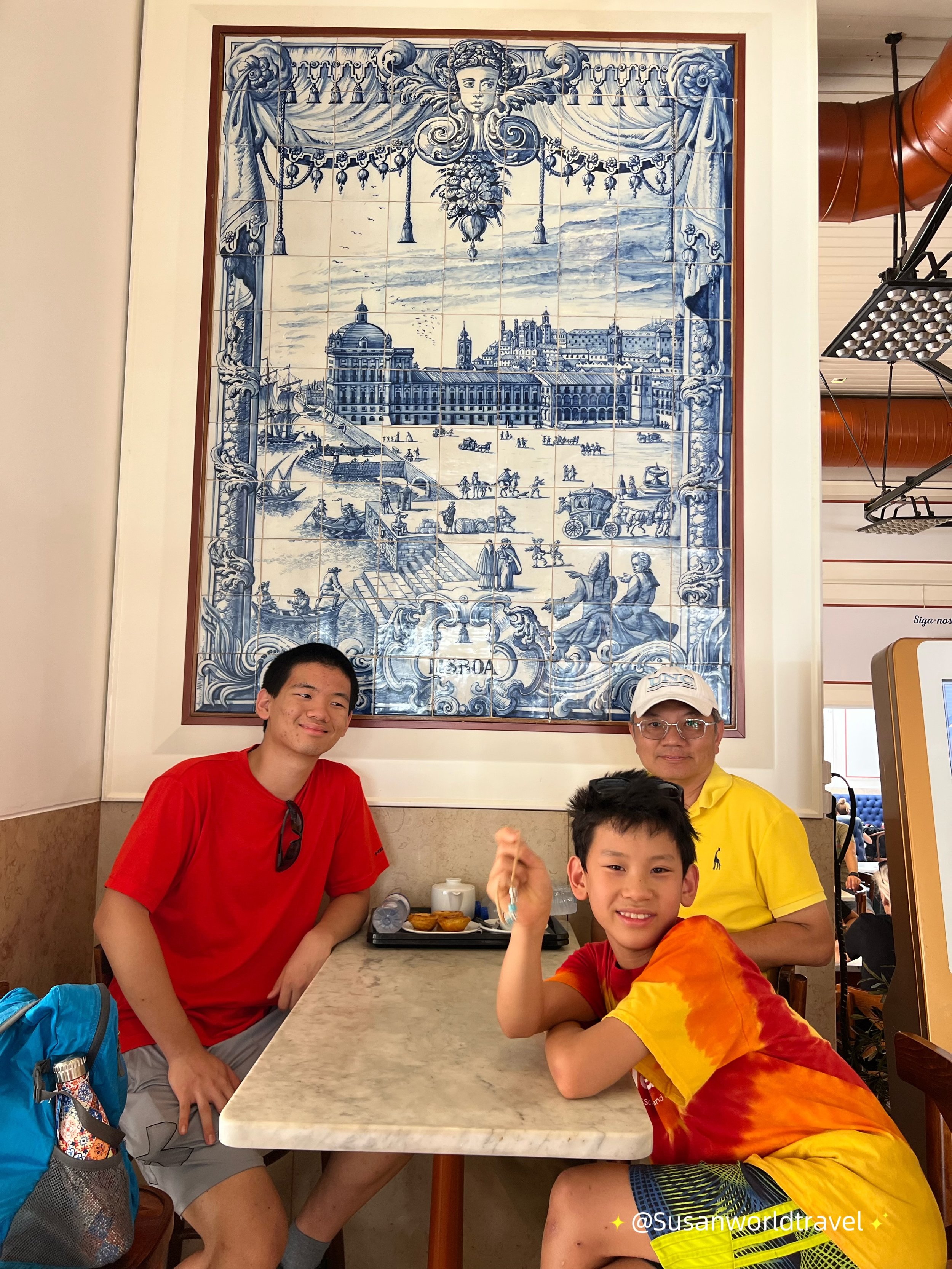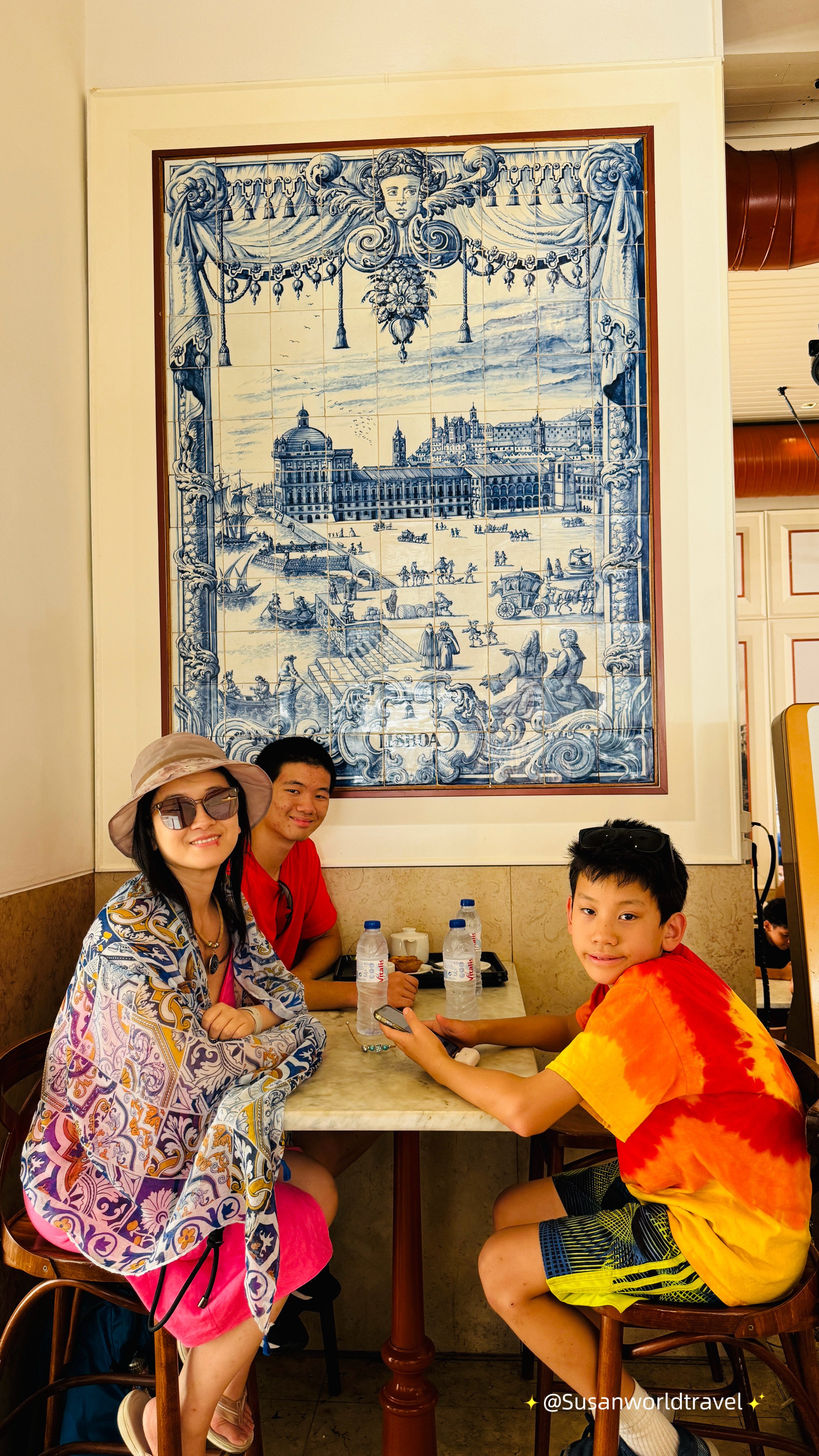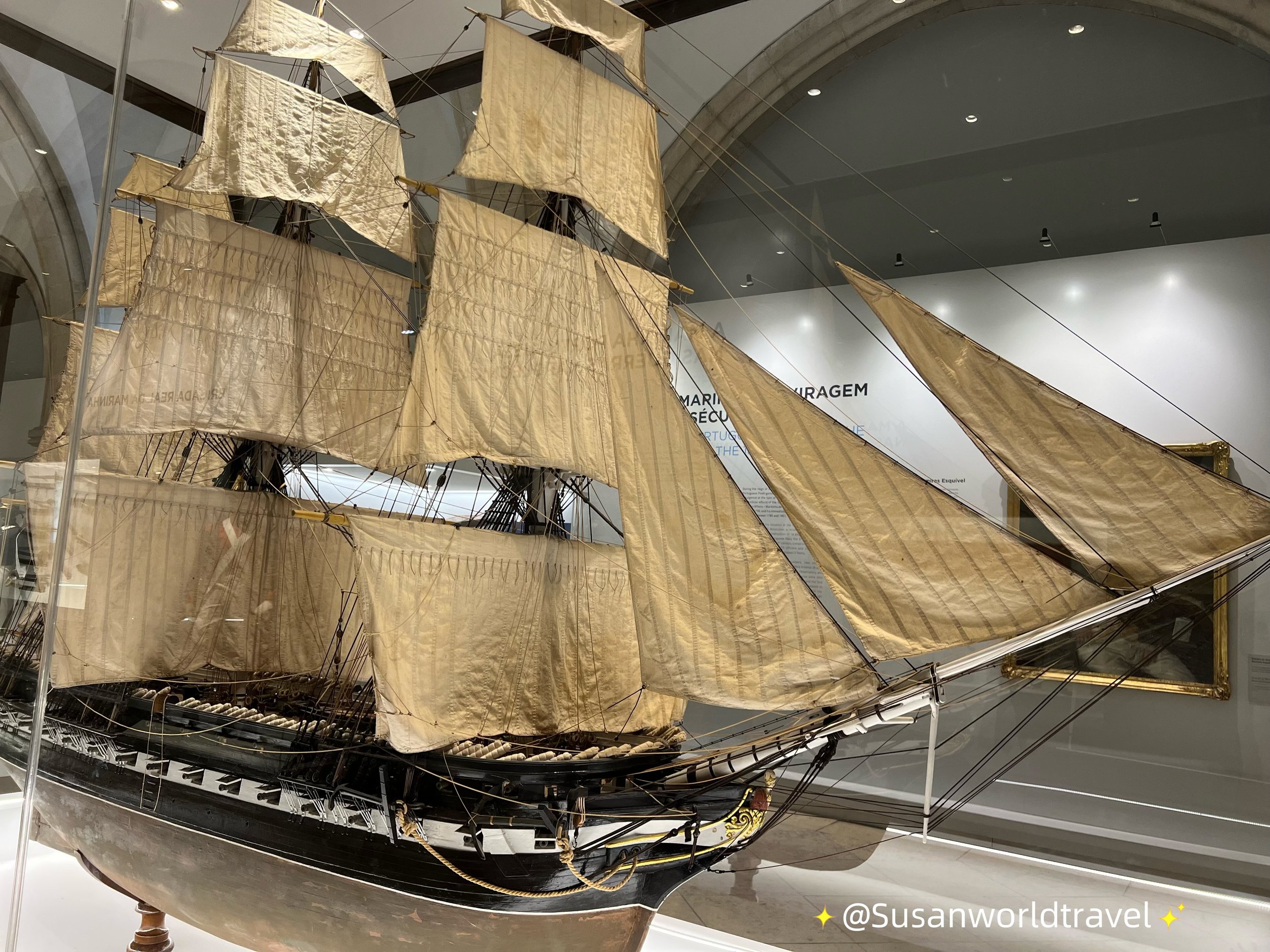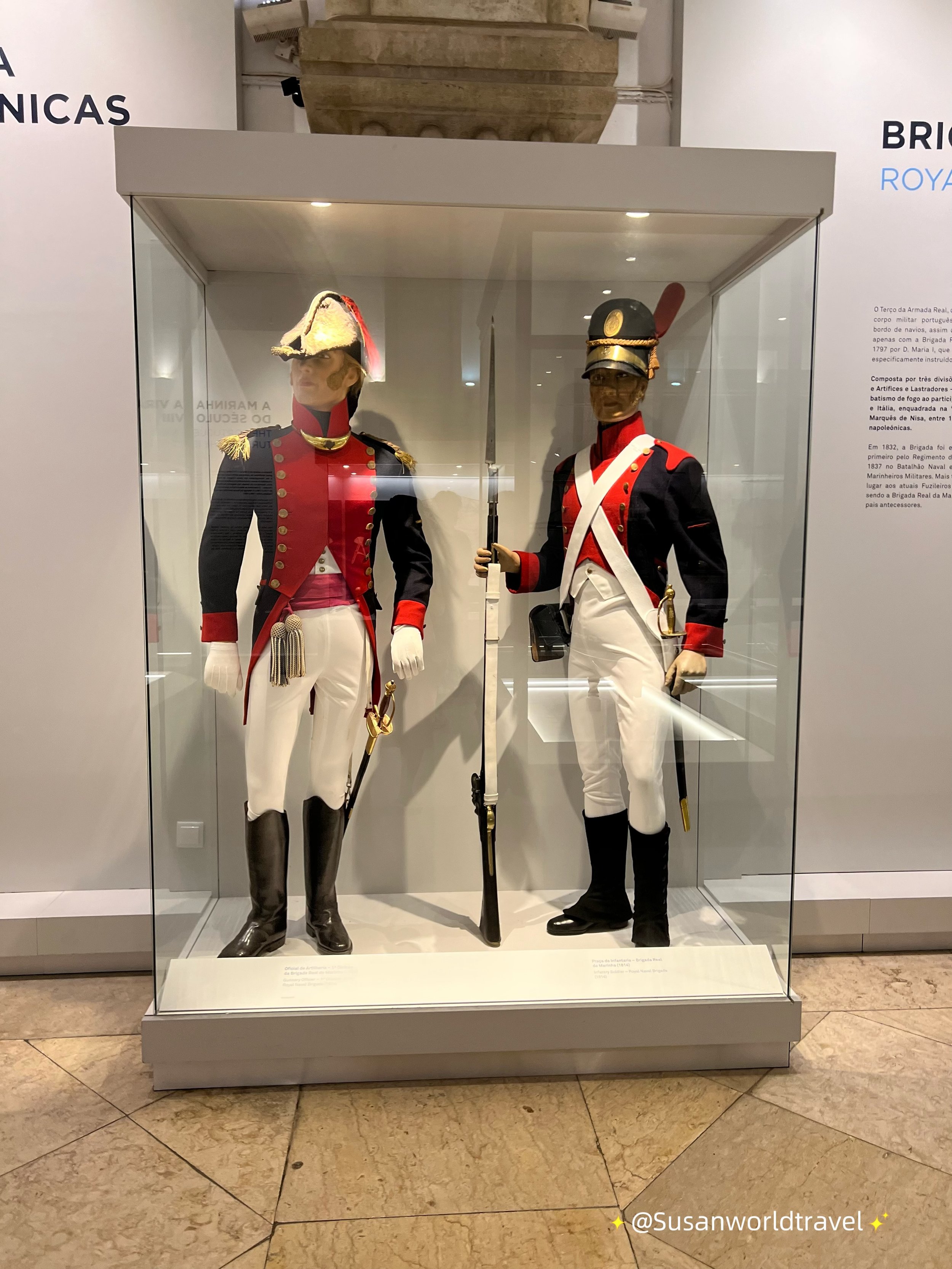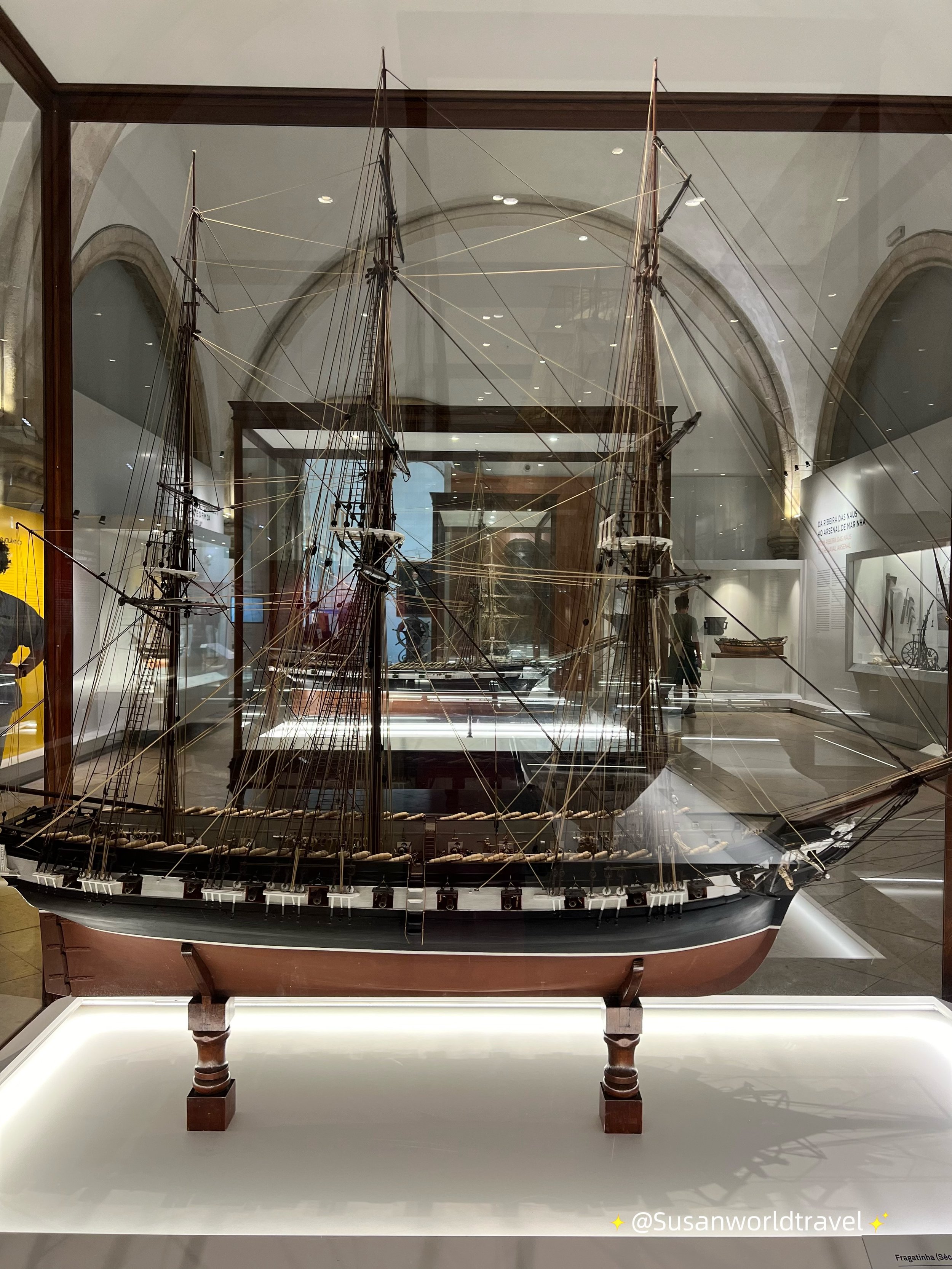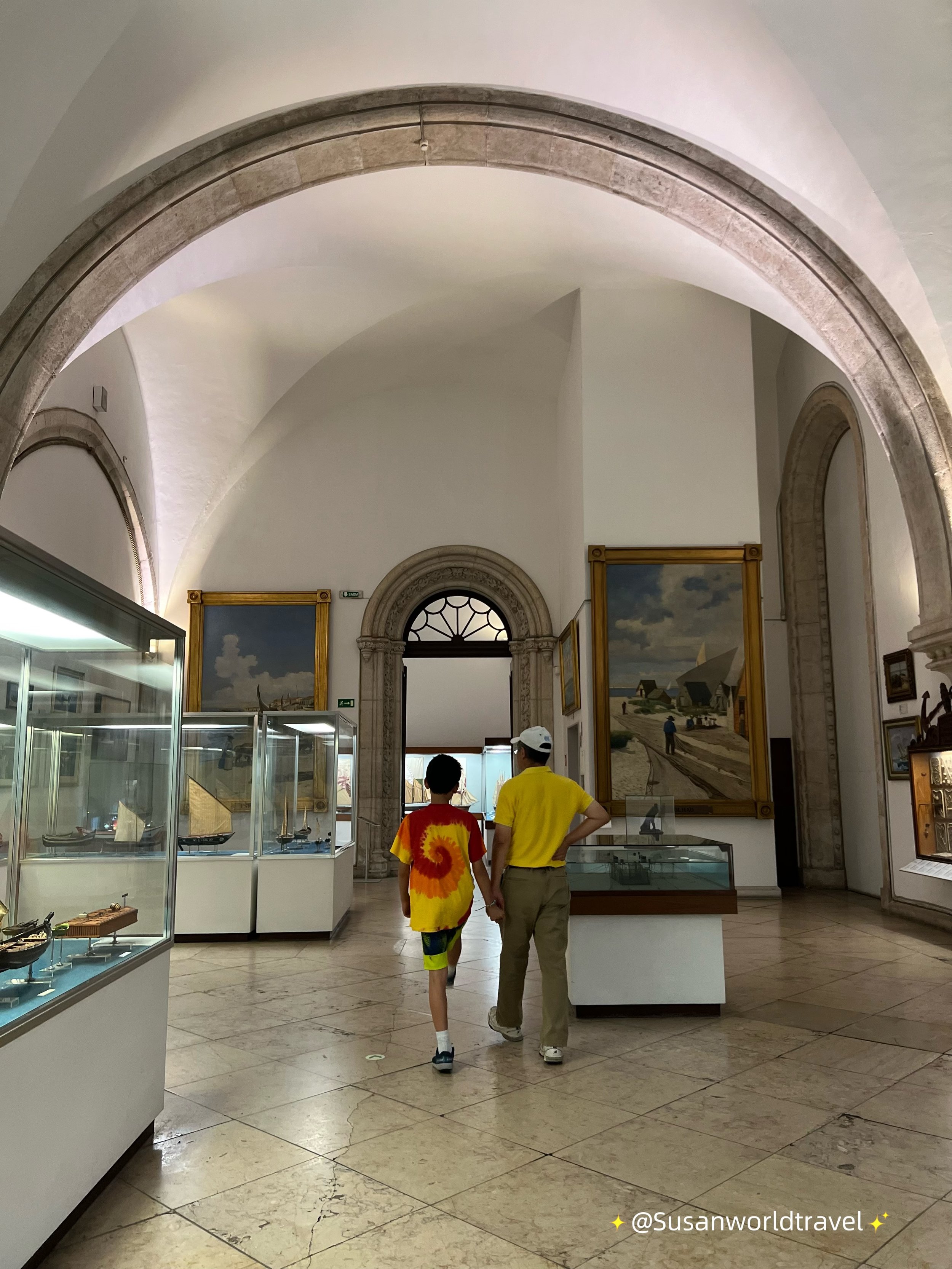Portugal Day 2
On day 2, we walked into Pastéis de Belém right when it opened at 8 a.m., and there was no line, so we walked right in. It was the perfect time to enjoy freshly baked pastéis de nata without the usual wait, and we savored every delicious bite in the cozy atmosphere of this iconic pastry shop.
The pastry originated in the 18th century at the Jerónimos Monastery in Lisbon. The monks there used egg yolks to starch their clothes, leaving the egg whites to be used in cooking. They created the first pastéis de nata (custard tarts) as a result. After the monastery closed in the 19th century, a local sugar refinery near the monastery began selling the pastries, and the recipe was eventually passed down. Pastéis de Belém is the only bakery that still follows the original recipe from the monastery.
The Jerónimos Monastery (Mosteiro dos Jerónimos) is a UNESCO World Heritage site next to Pastéis de Belém. Built in the late 15th century, it is one of Portugal's most iconic landmarks and a stunning example of Manueline architecture, which blends Gothic and Renaissance elements with maritime motifs. The monastery was founded by King Manuel I to commemorate Vasco da Gama’s successful voyage to India and was intended as a place for the monks of the Order of Saint Jerome to pray for the king and sailors. The Jerónimos Monastery is particularly famous for its intricate facade, the beautiful cloisters, and the tomb of Vasco da Gama, the famous Portuguese explorer.
Then, we started our city walk at the Santa Justa Lift, enjoying the views of Lisbon, and strolled down Rua Augusta, a bustling pedestrian street, towards Praça do Comércio, the grand riverside square. After taking in the views of the Tagus River and the surrounding architecture, we continued to Rossio Square, a lively and historic spot. Finally, we ended our walk at Fábrica da Nata, where we indulged in freshly baked pastéis de nata, traditional Portuguese custard tarts, to cap off our exploration of the Baixa district of Lisbon.
Within walking distance of our hotel in the Belém district, there are several other museums to explore: the MAAT (Museum of Art, Architecture, and Technology) for contemporary exhibits, the Berardo Collection Museum featuring works by renowned modern artists, the National Coach Museum with its fascinating collection of royal carriages, and the Cultural Centre of Belém (CCB), which hosts art exhibitions and performances. We chose the Maritime Museum to explore, which offered a fascinating dive into Portugal’s rich maritime history, with exhibits on famous explorers, naval power, and ship models. It provided great insight into the country’s pivotal role during the Age of Exploration, making it the perfect choice before we headed to Sintra.

